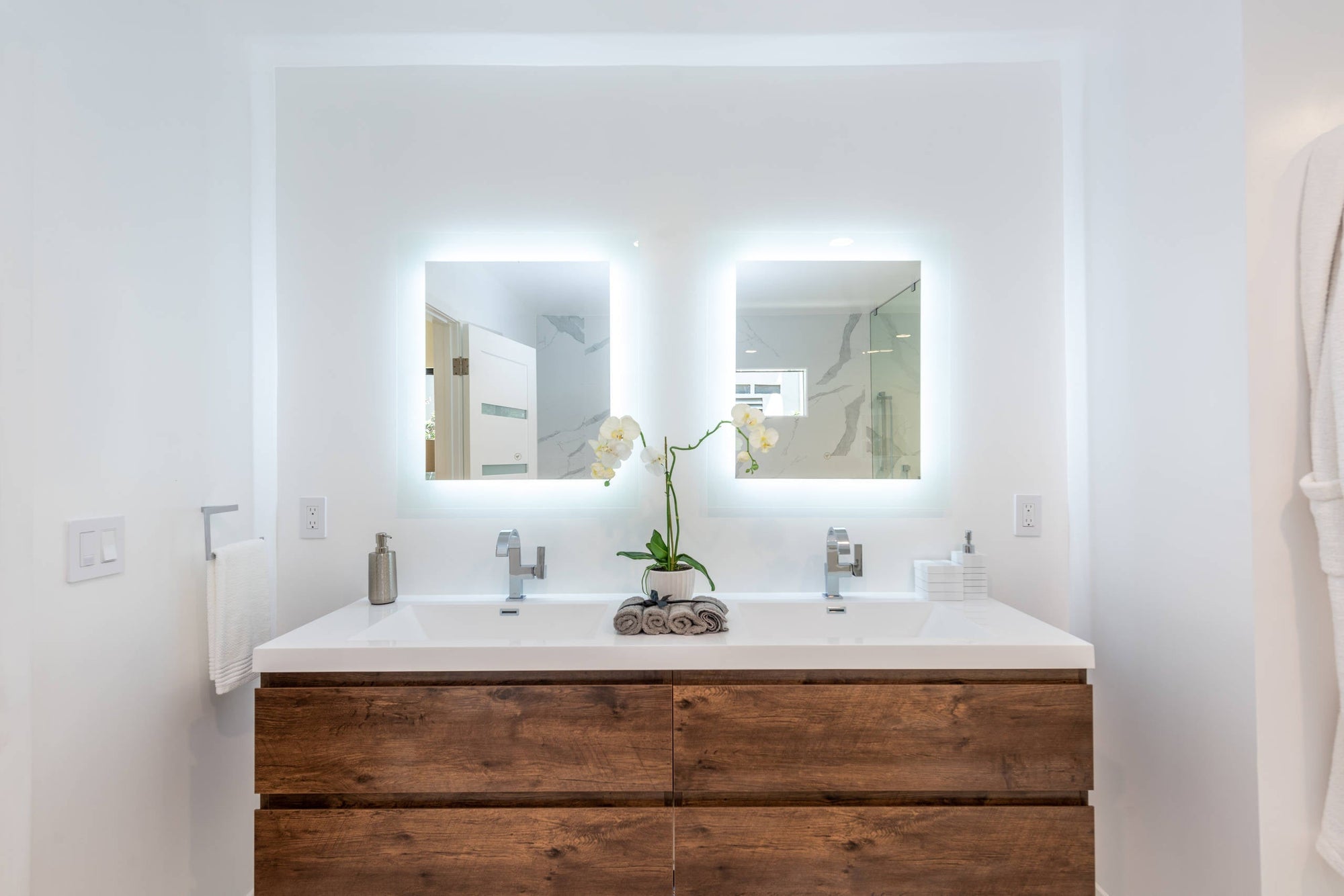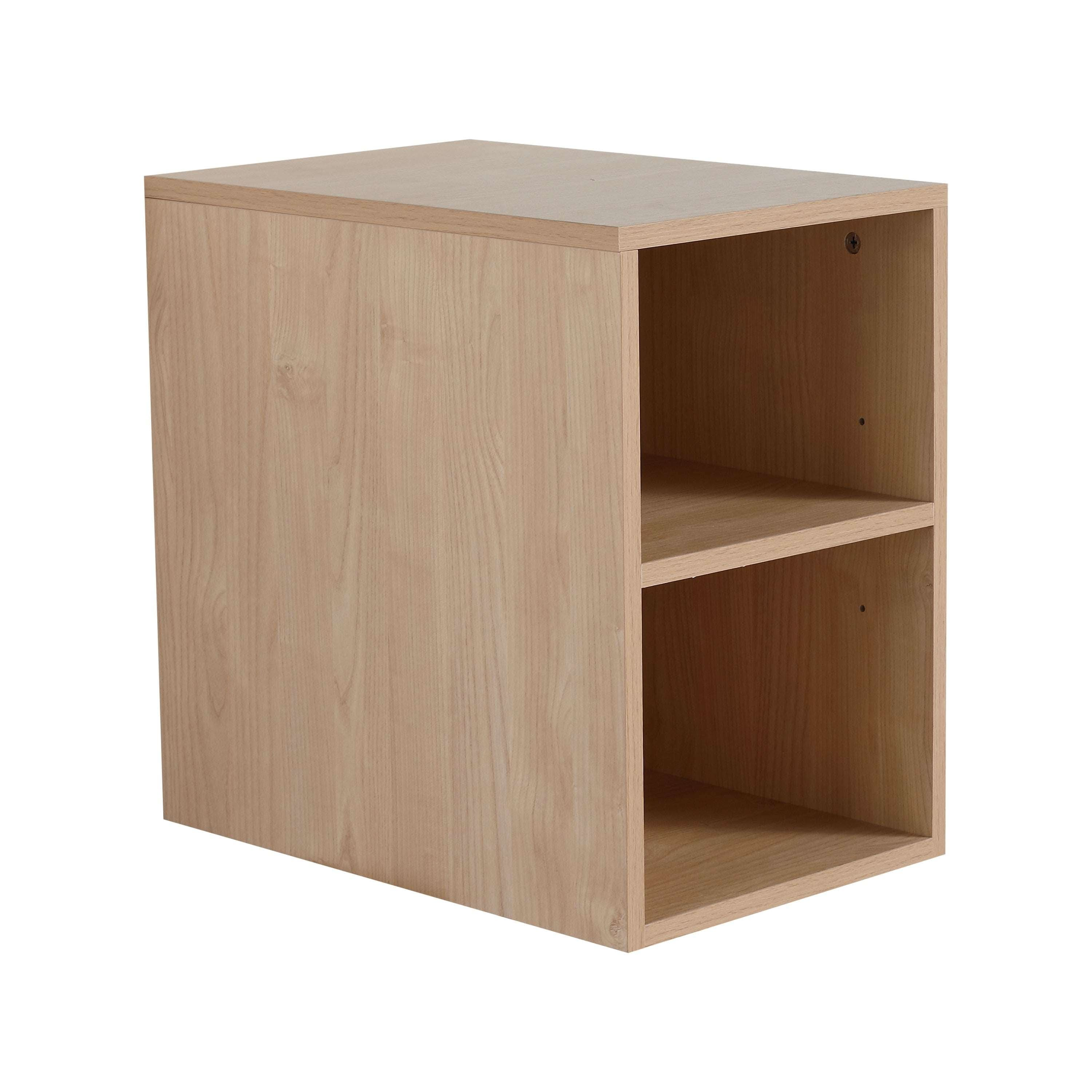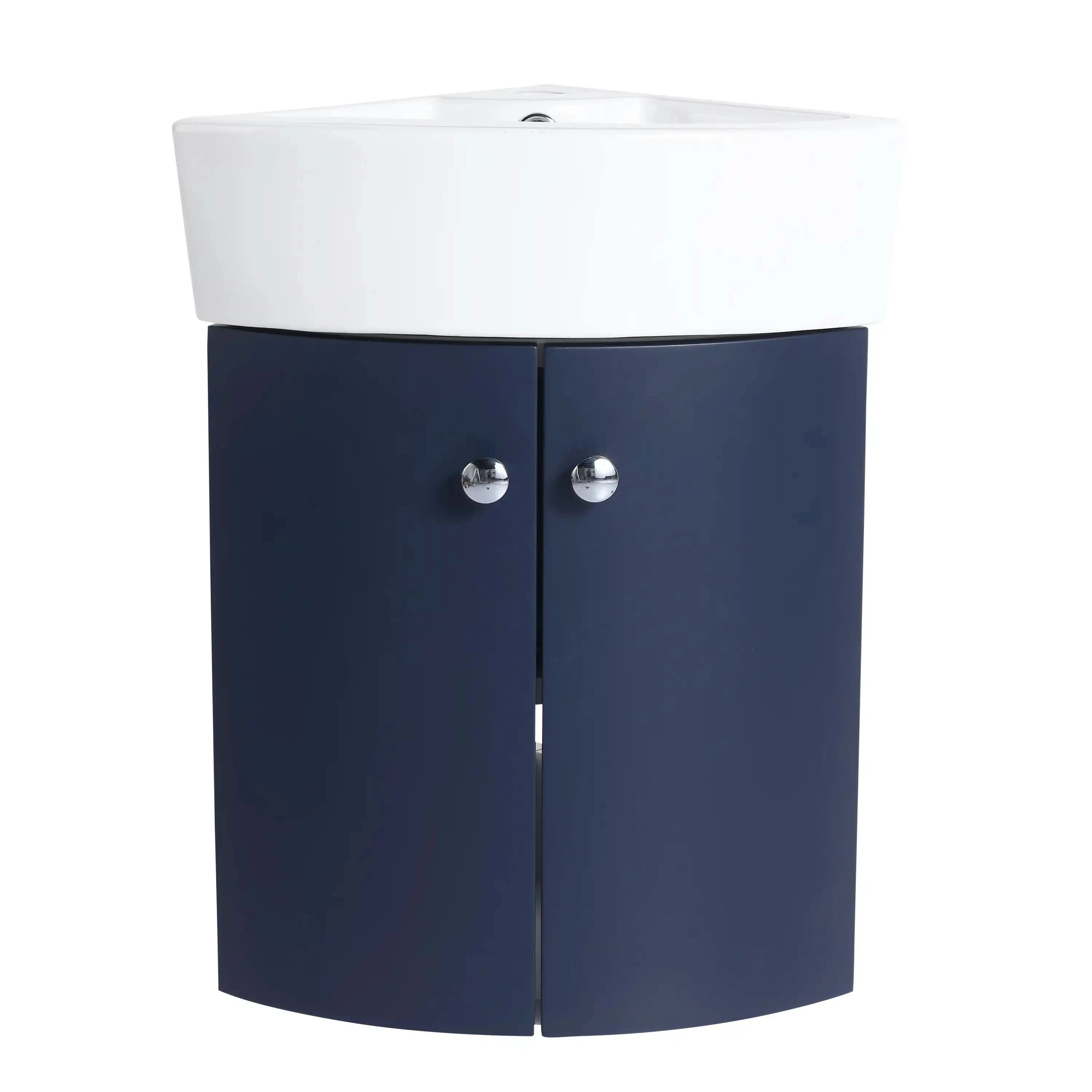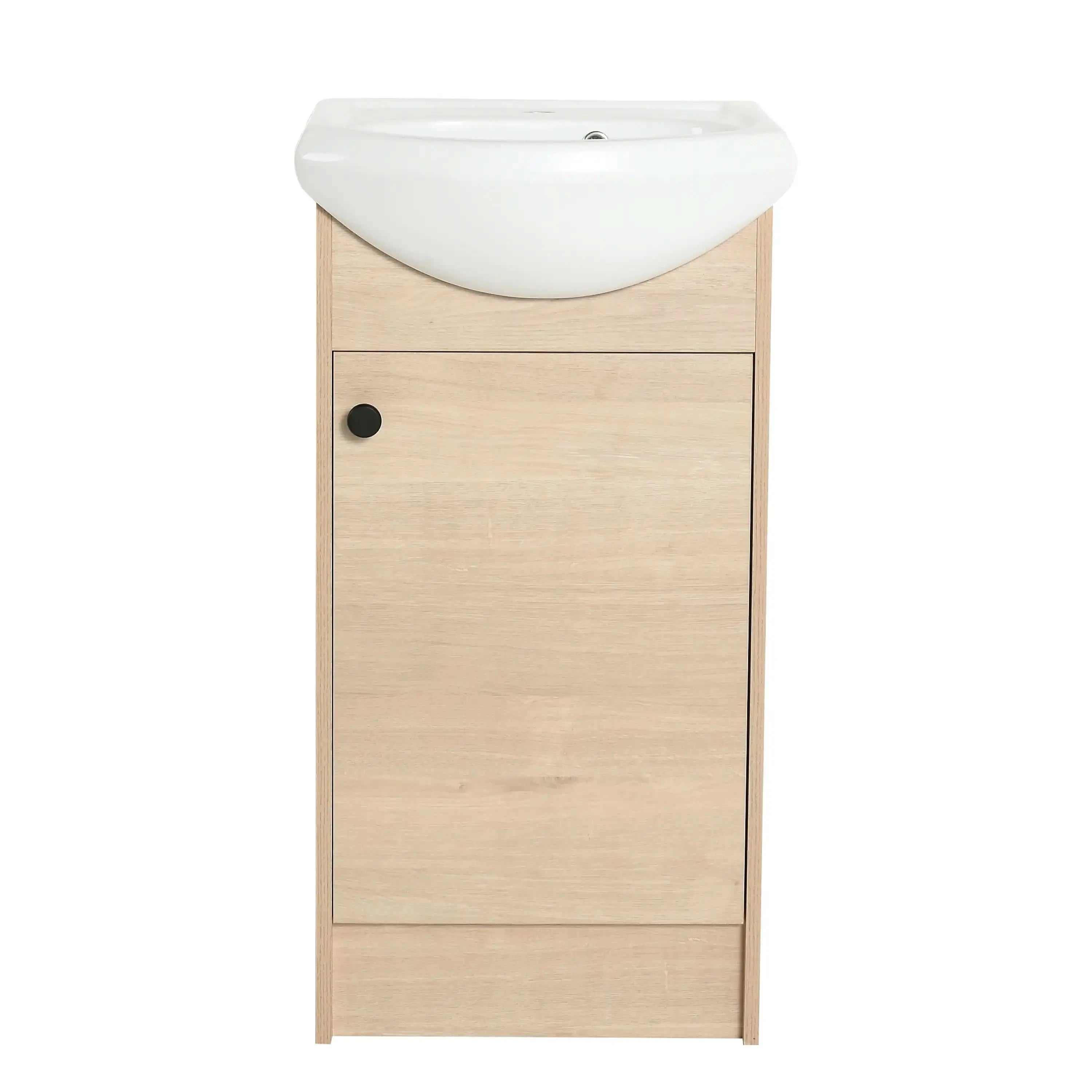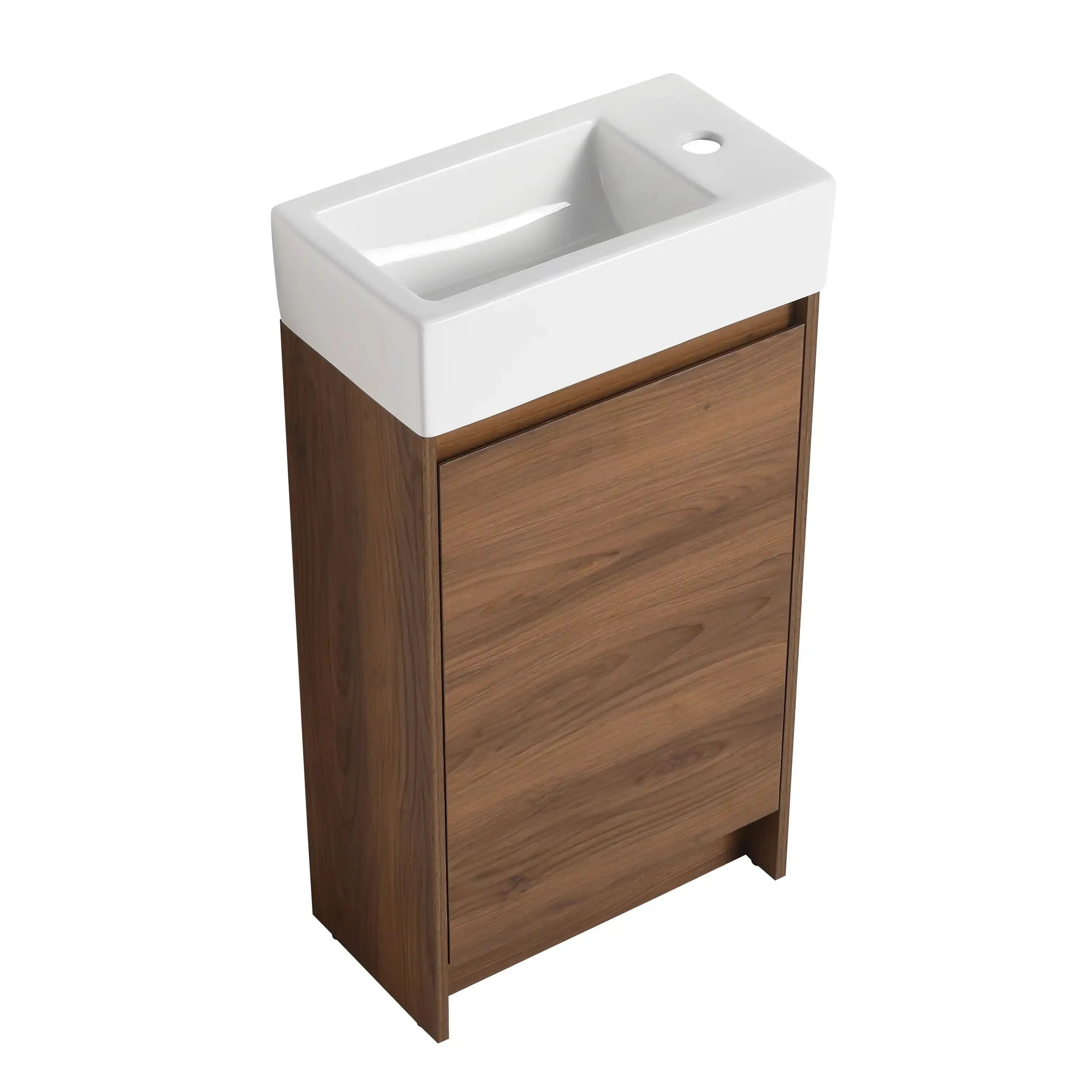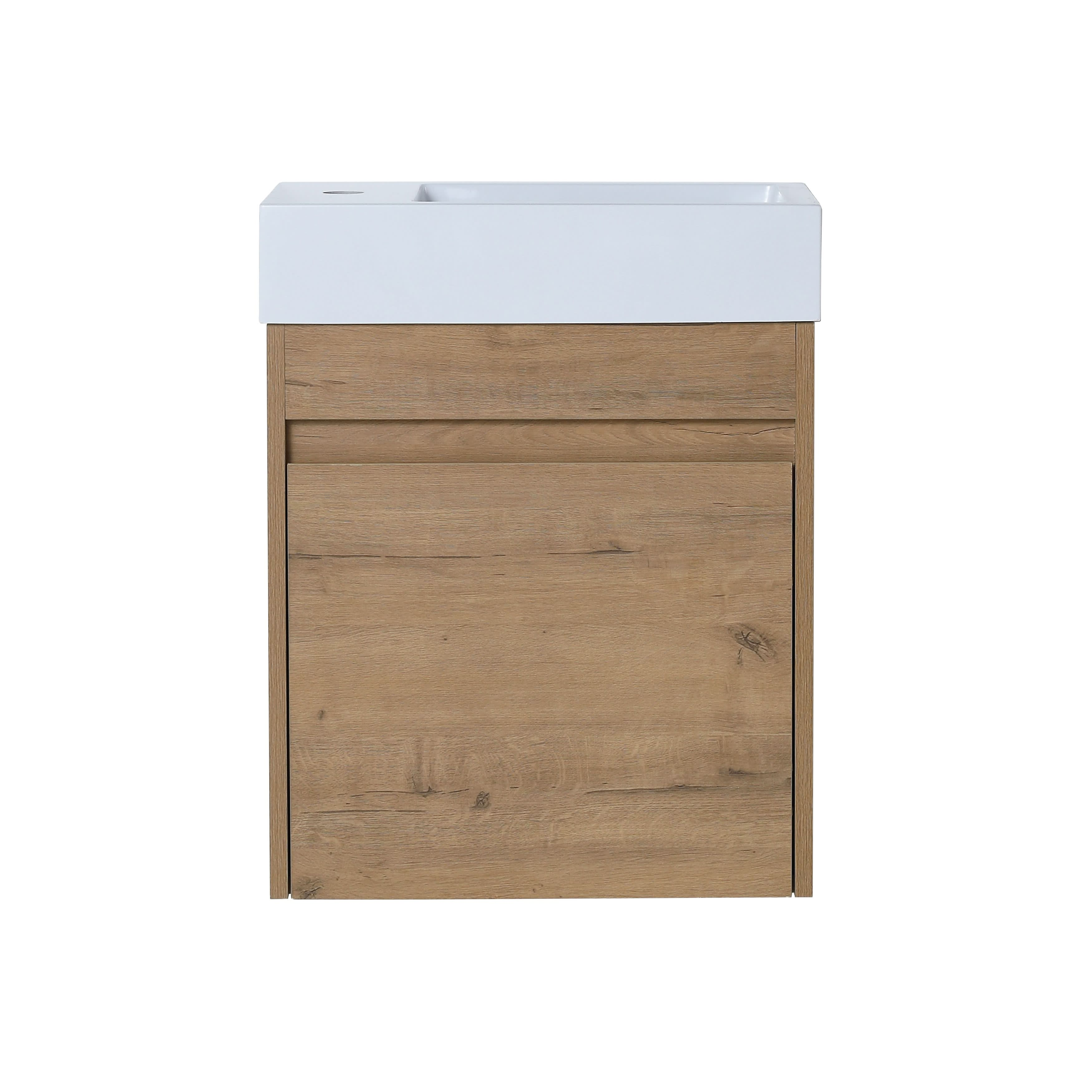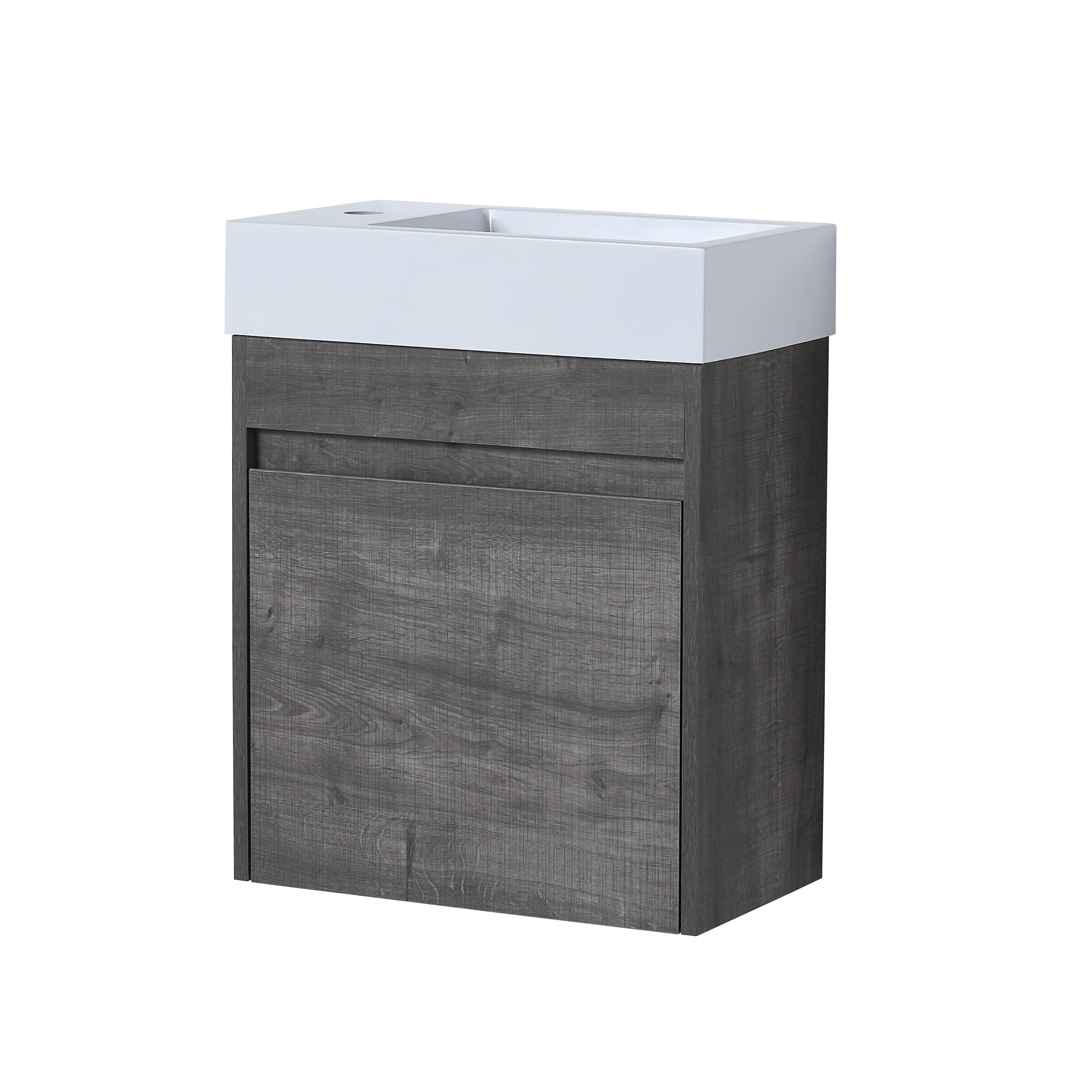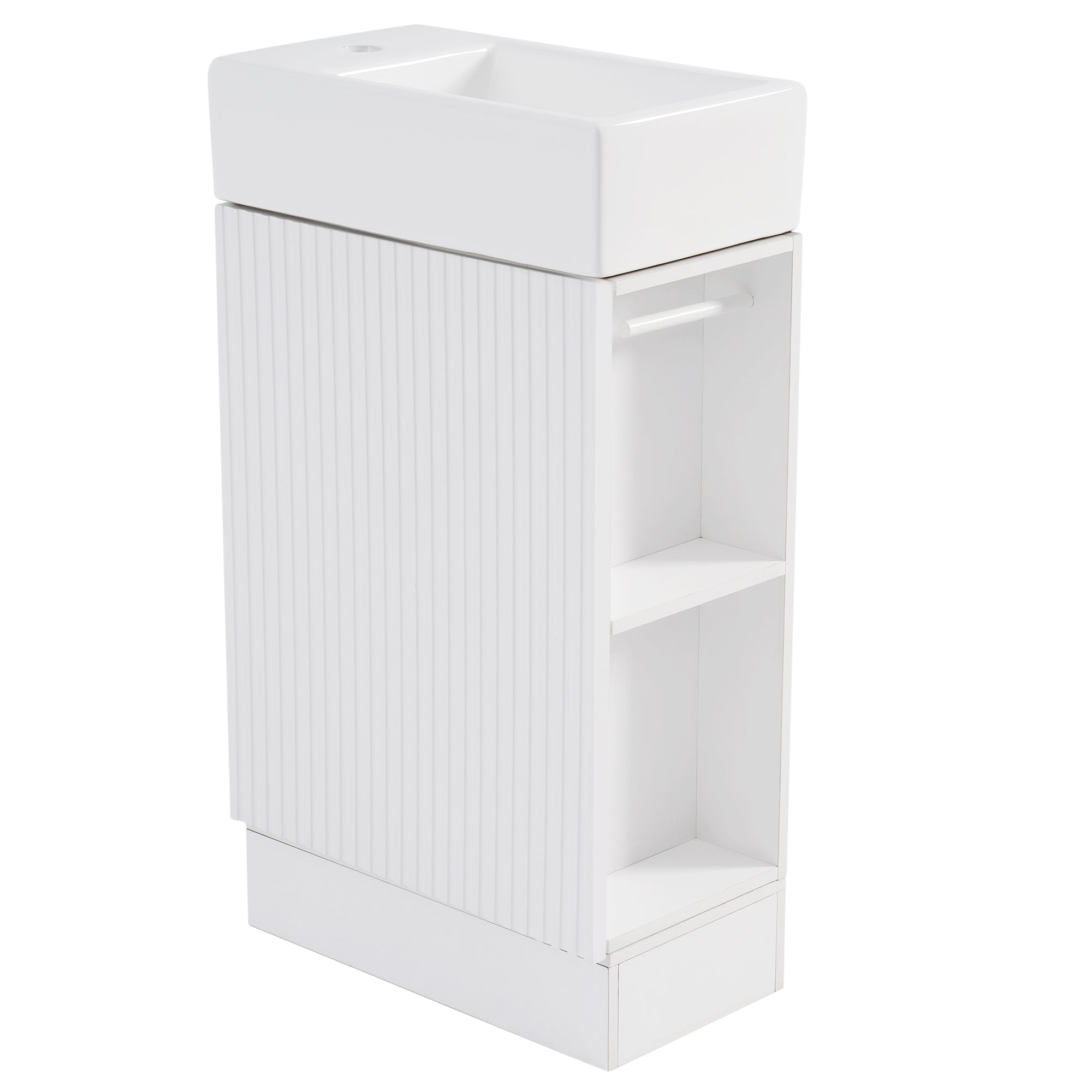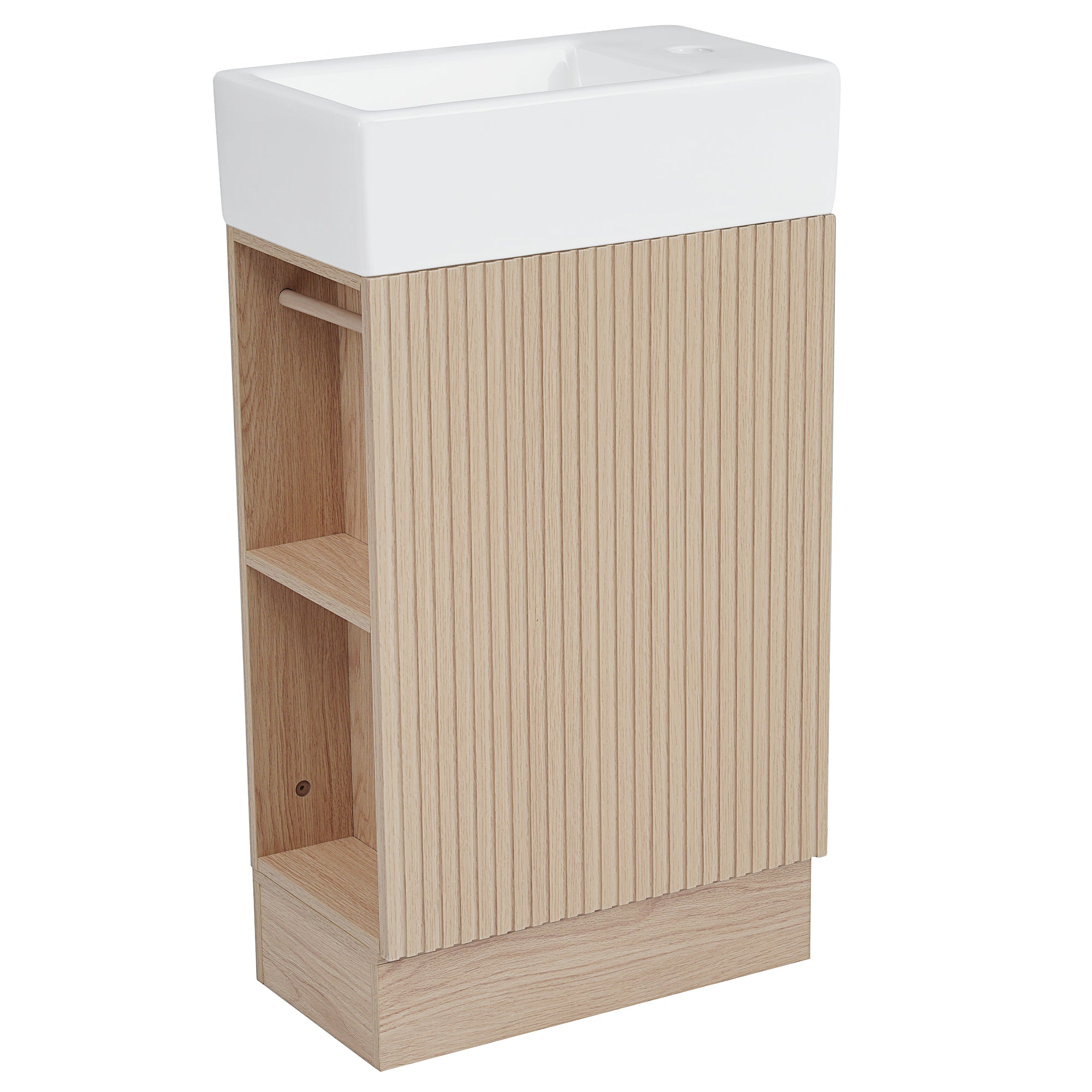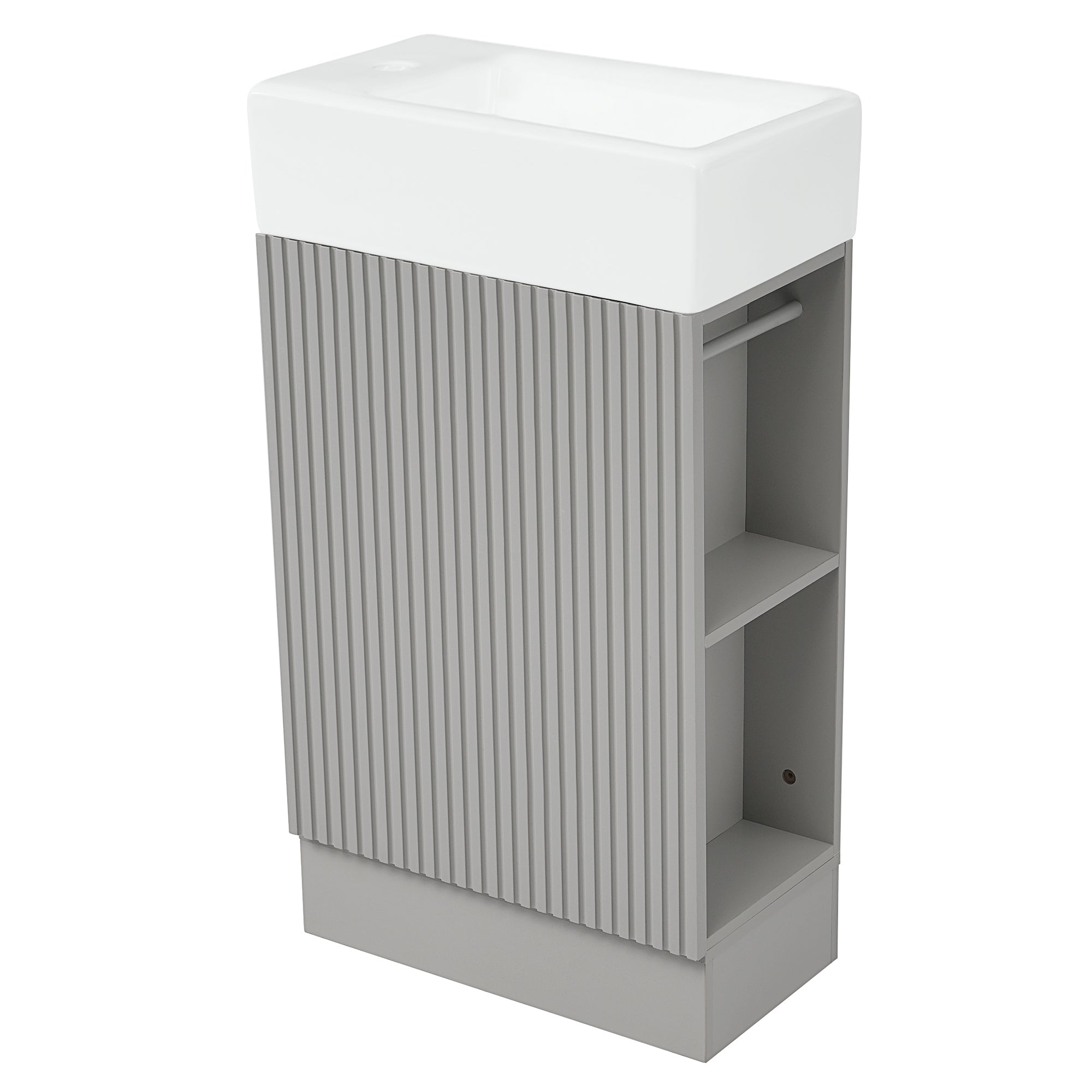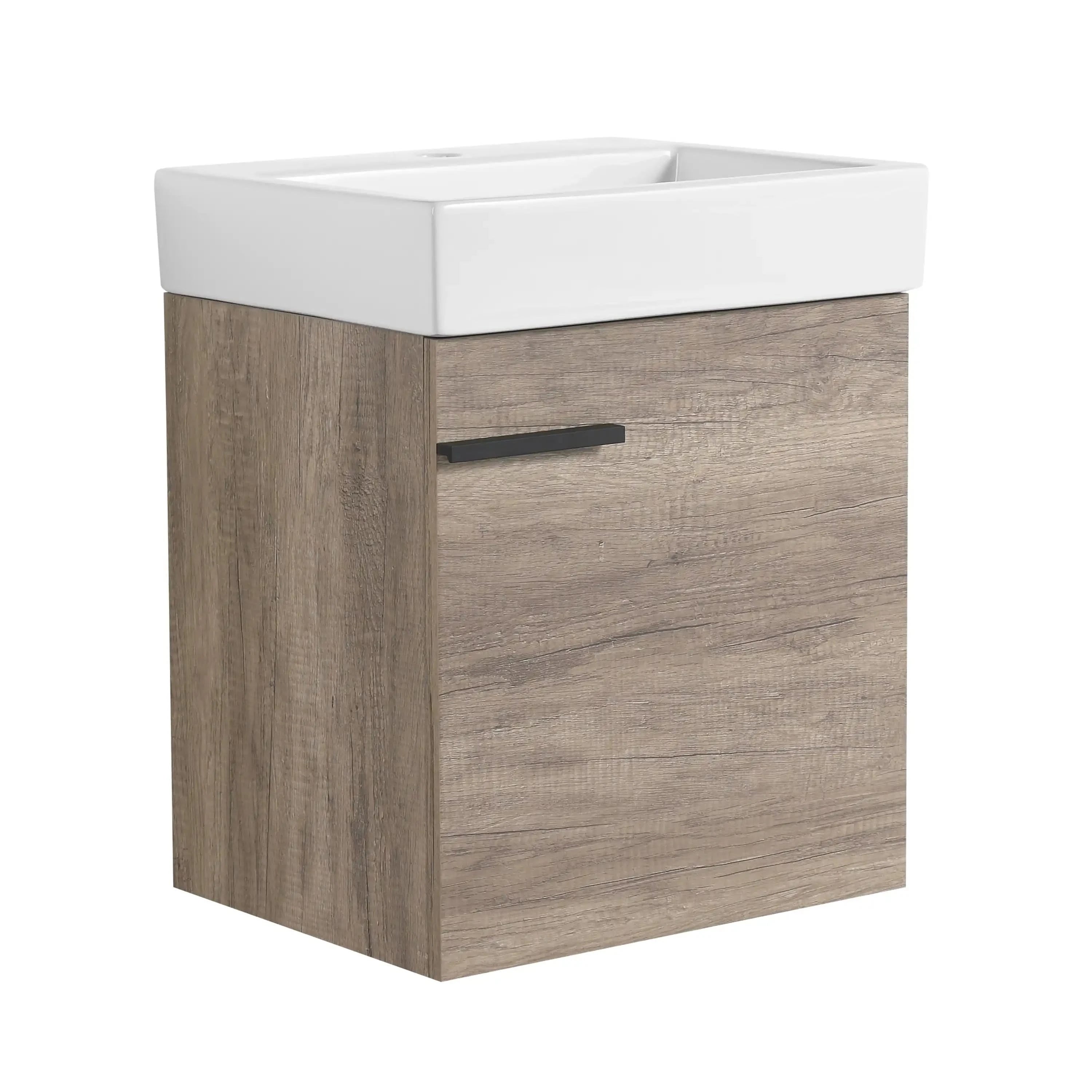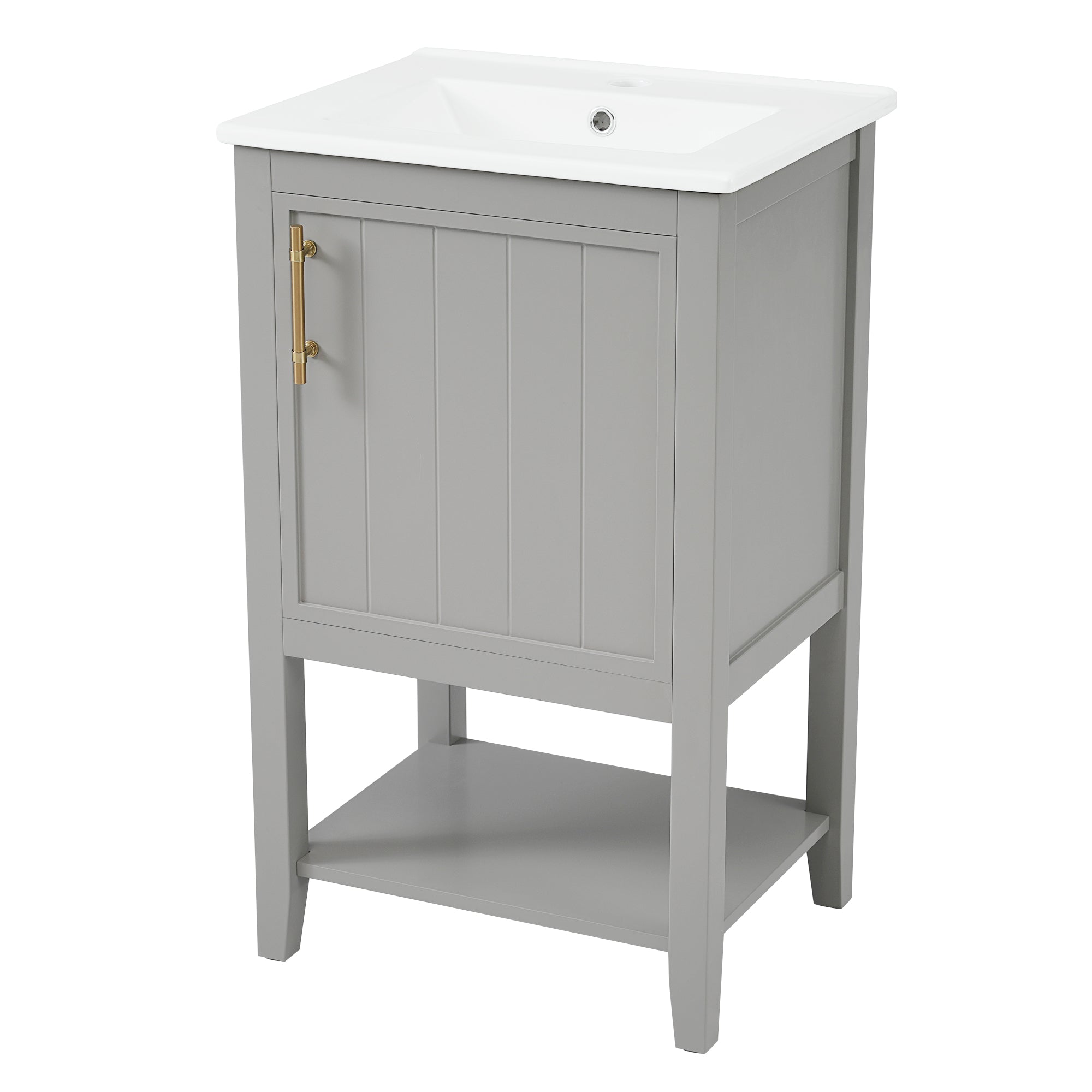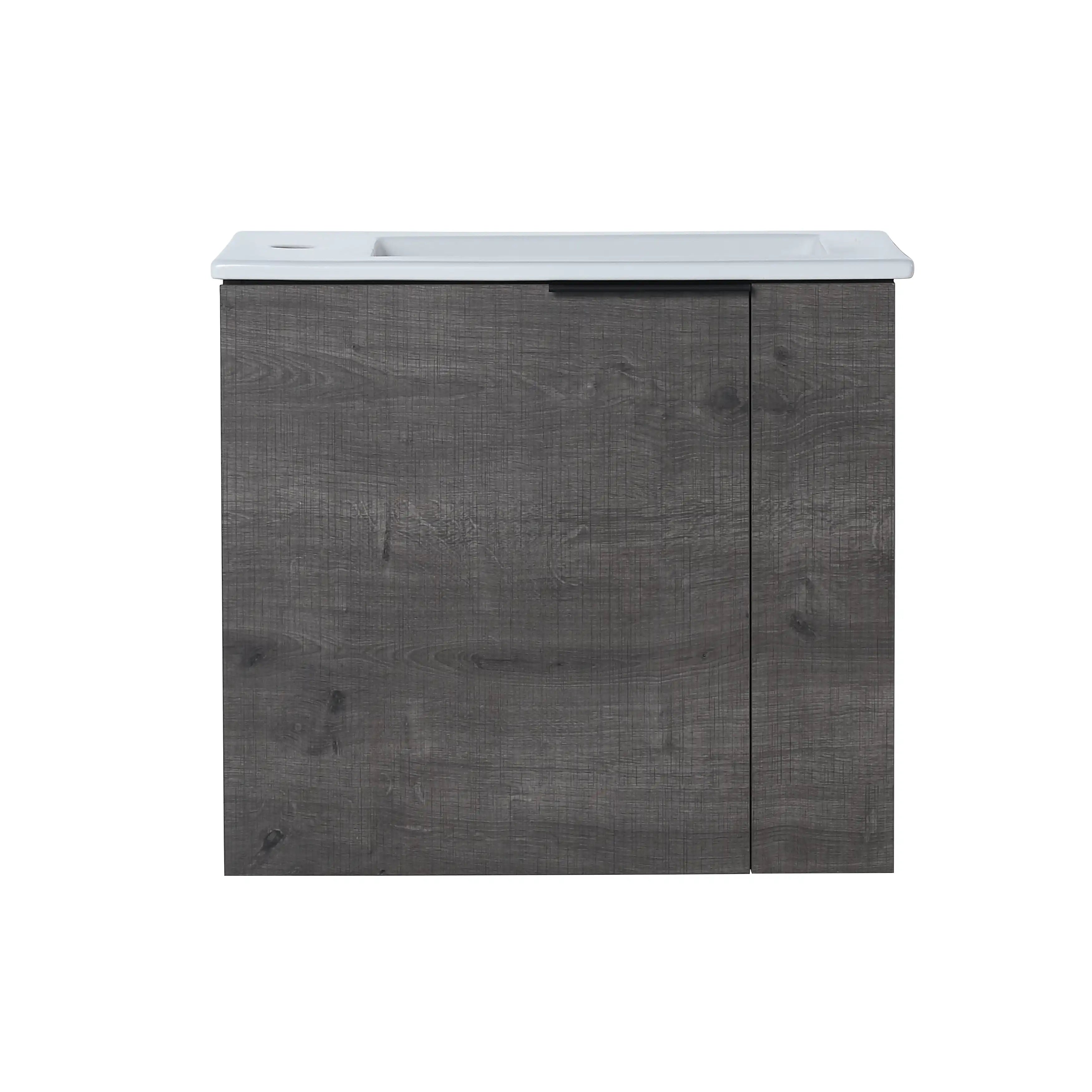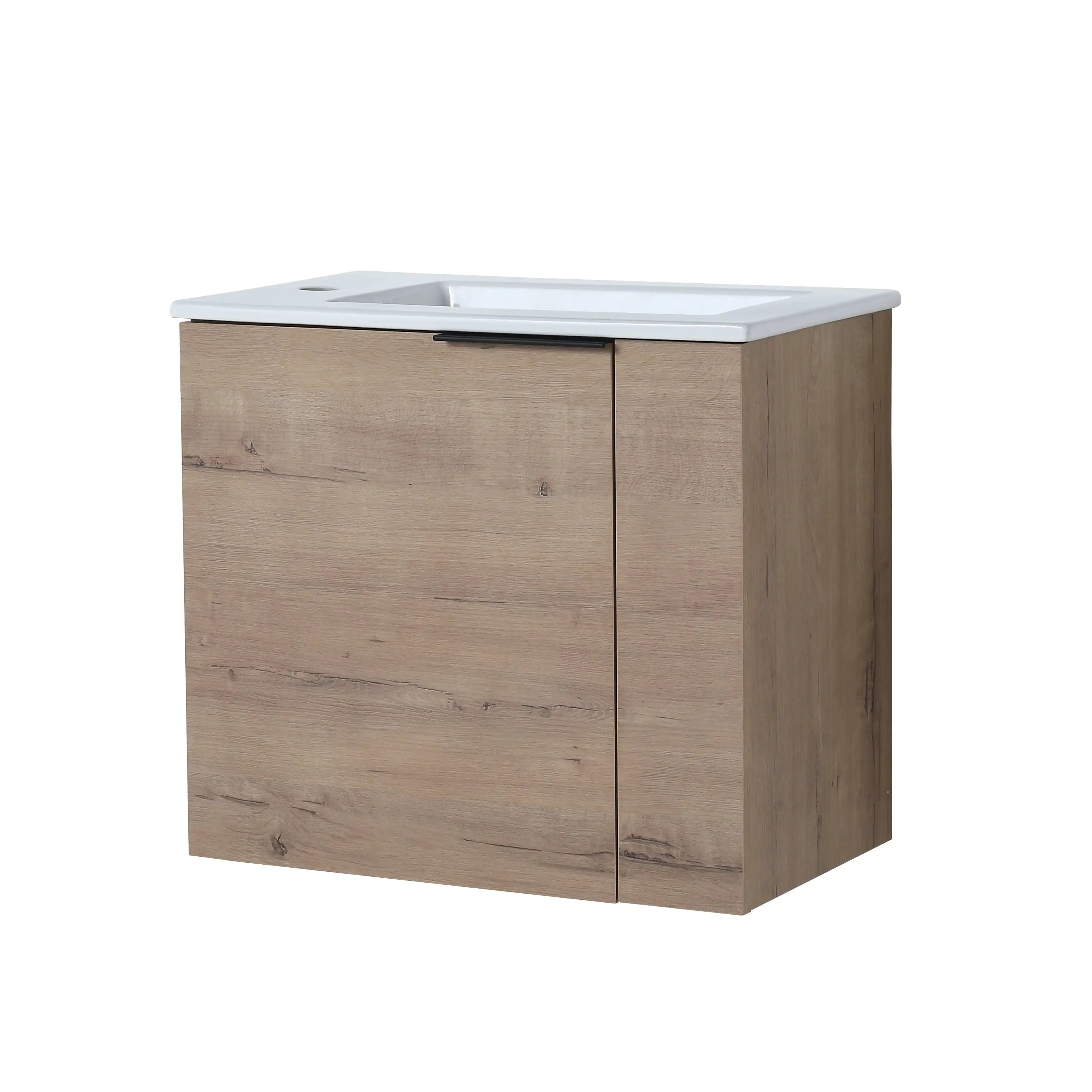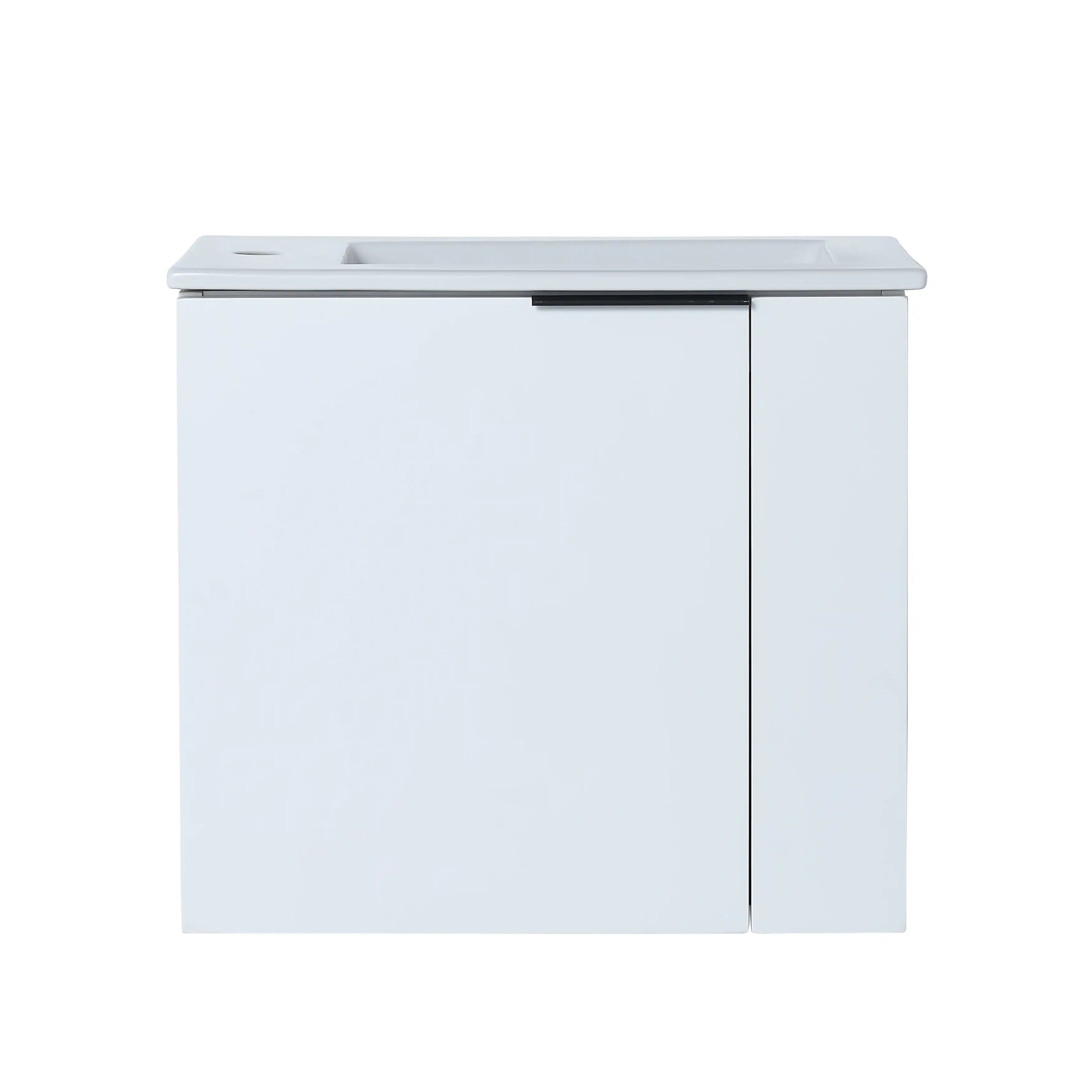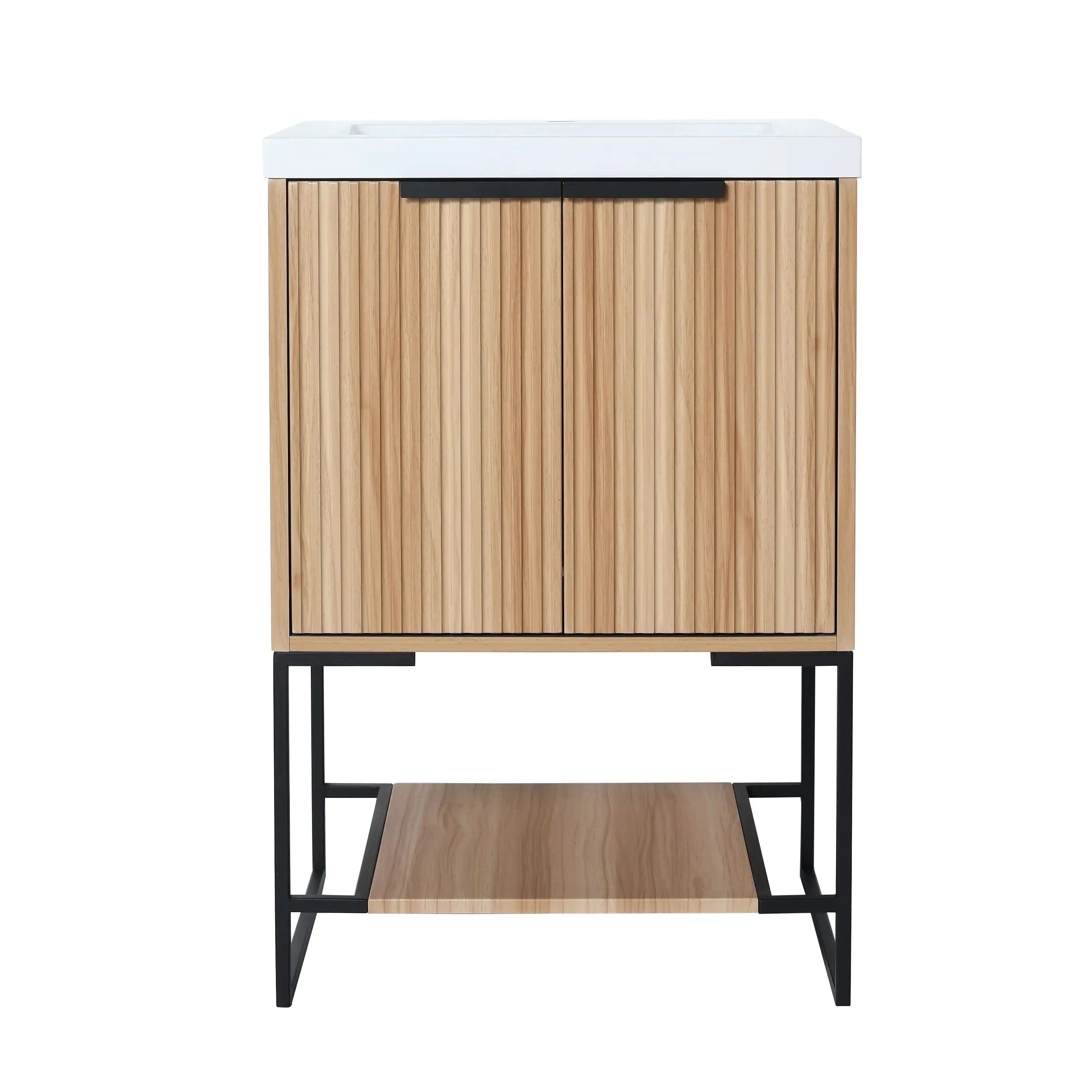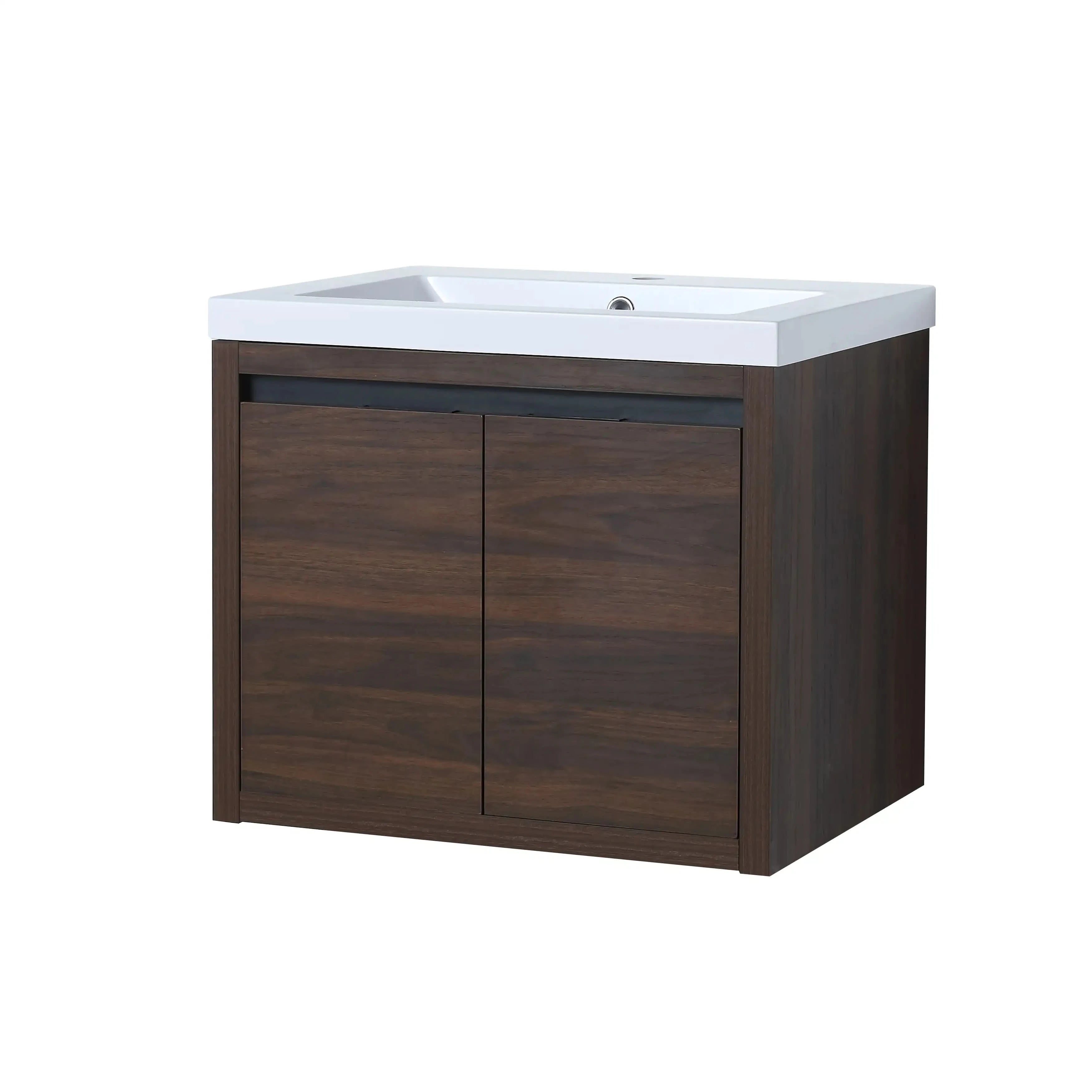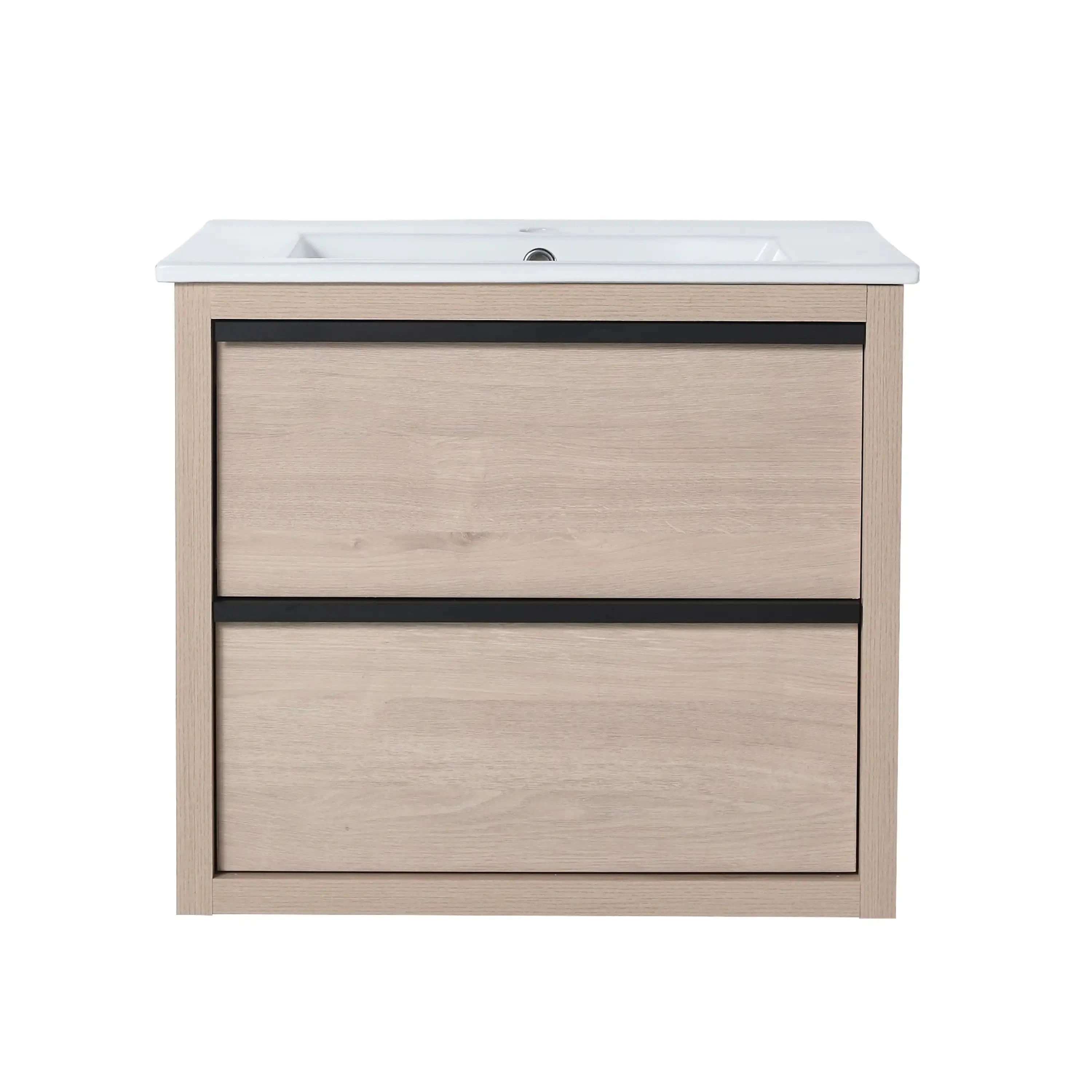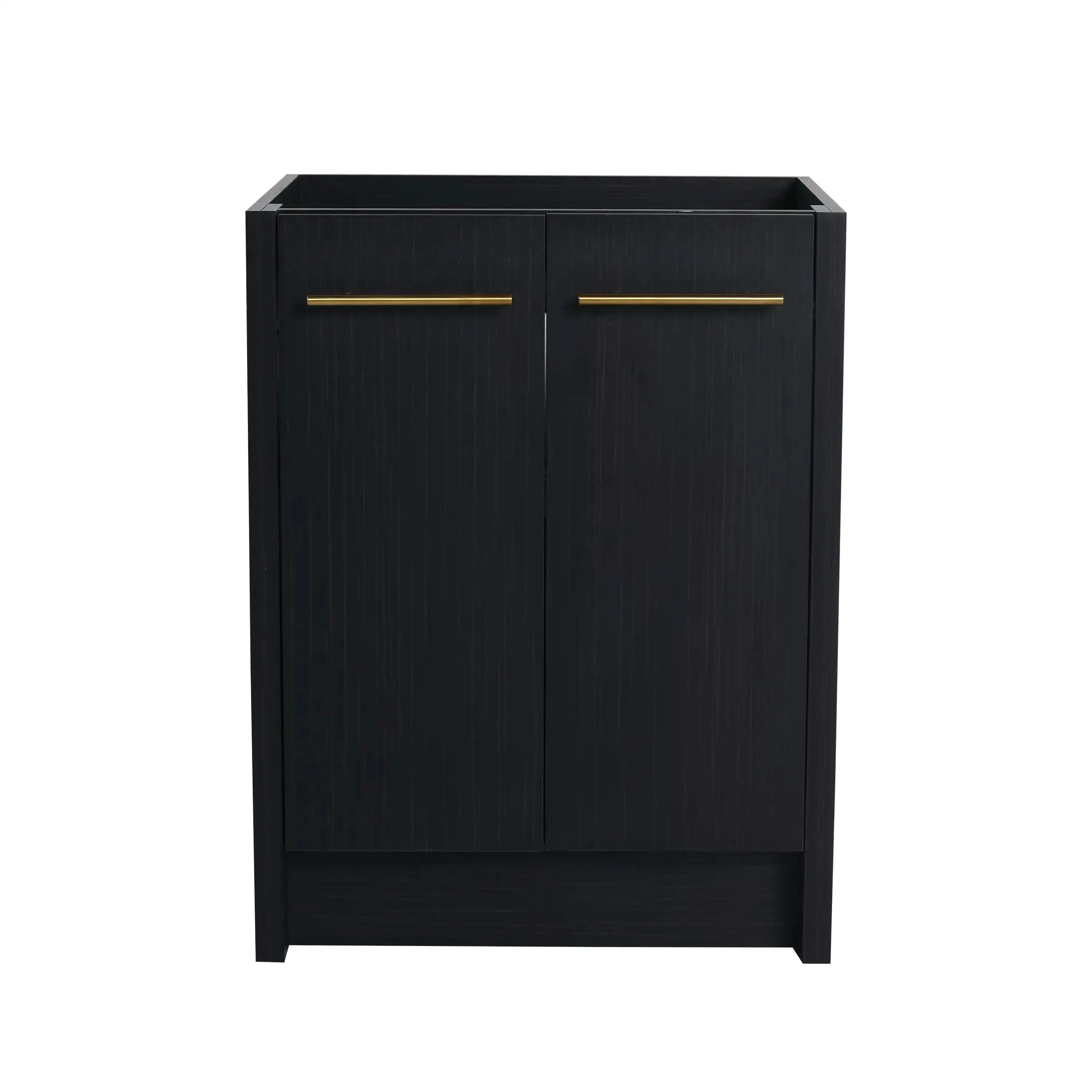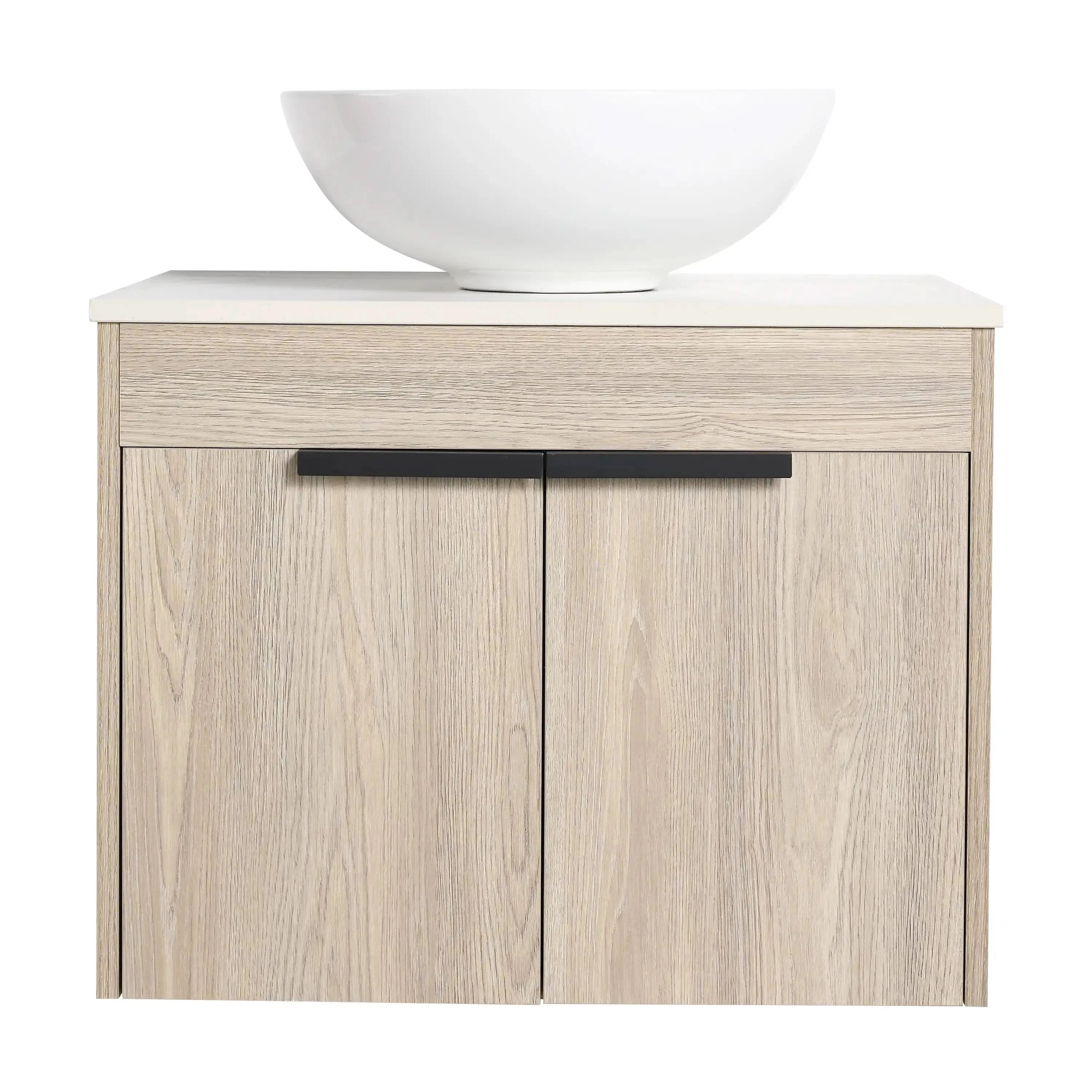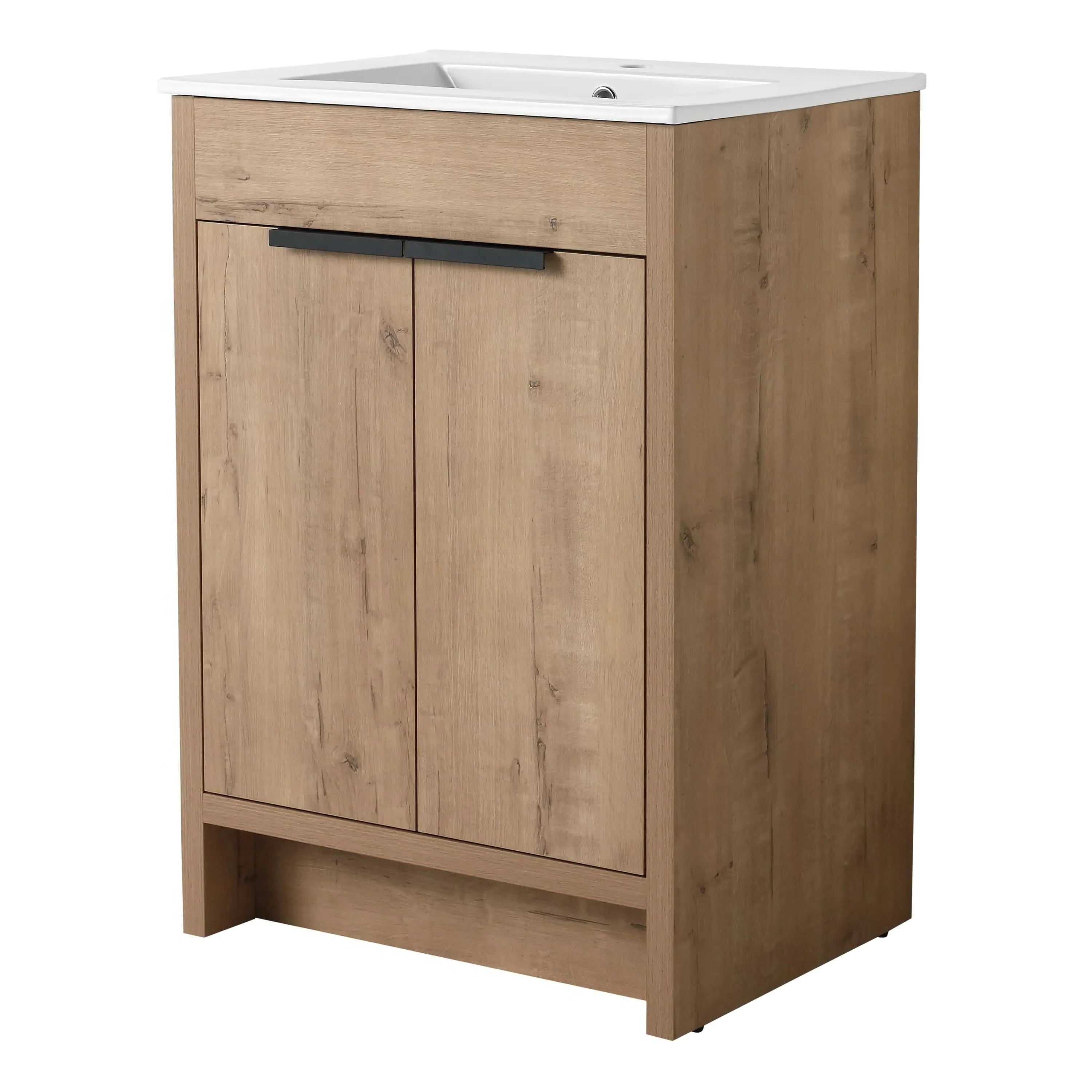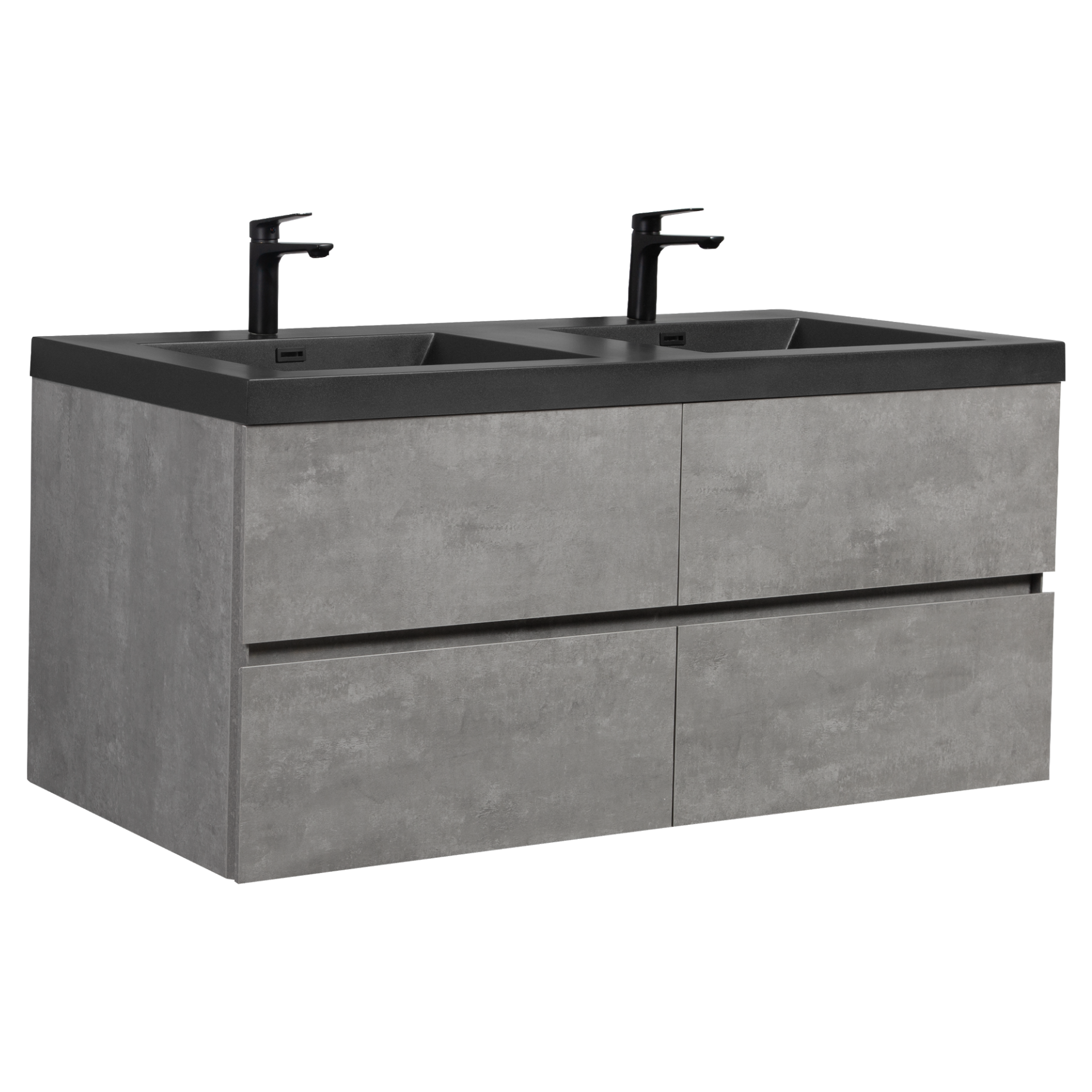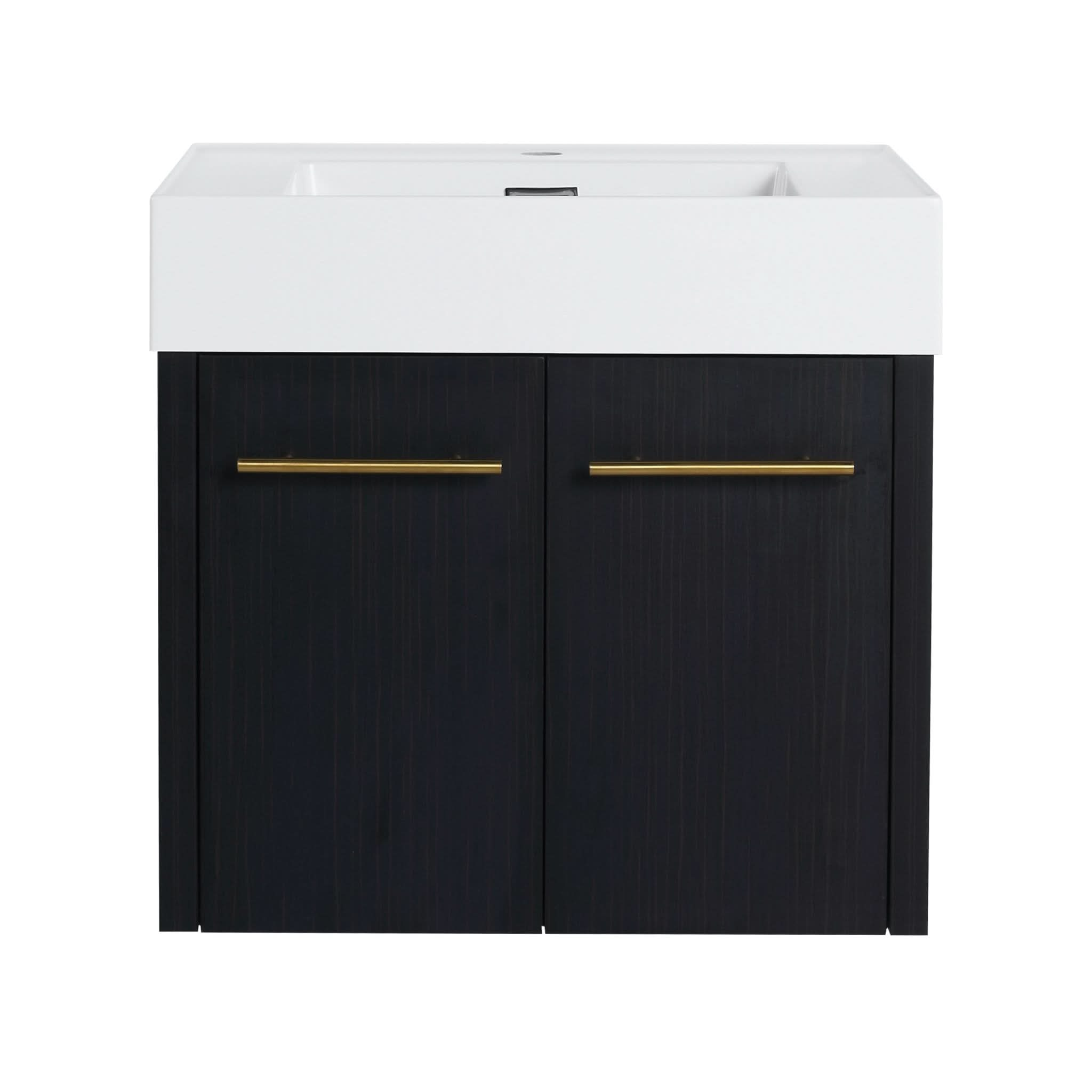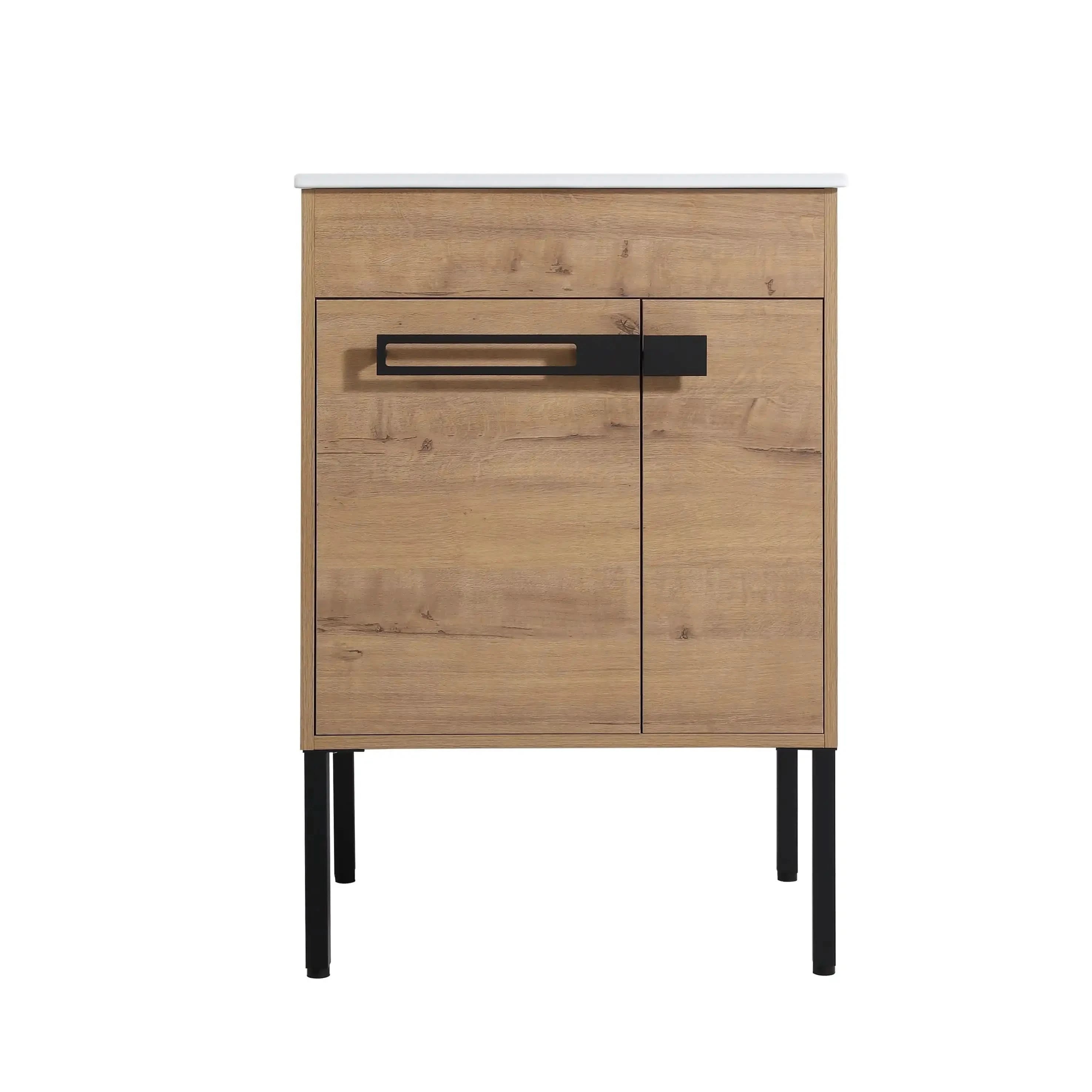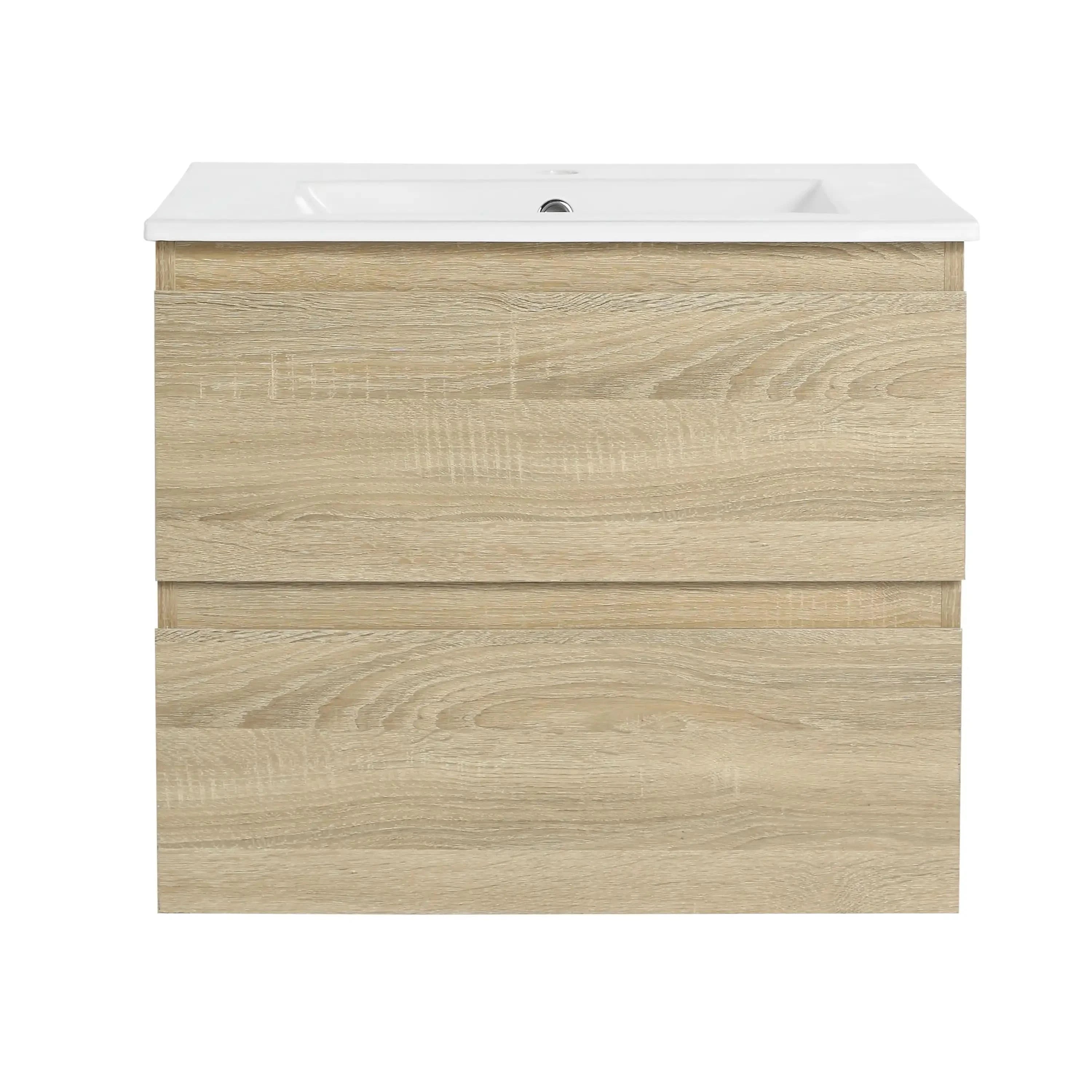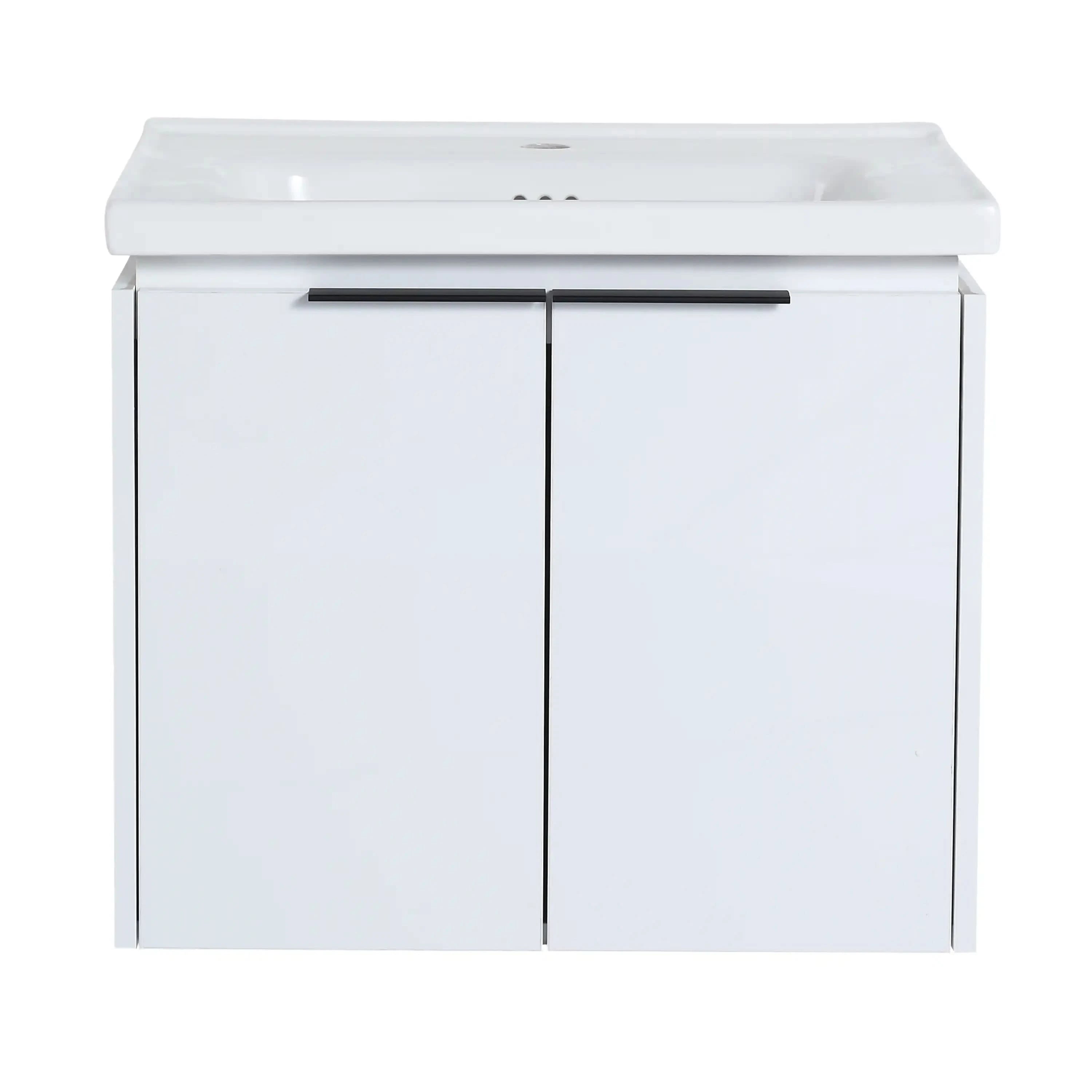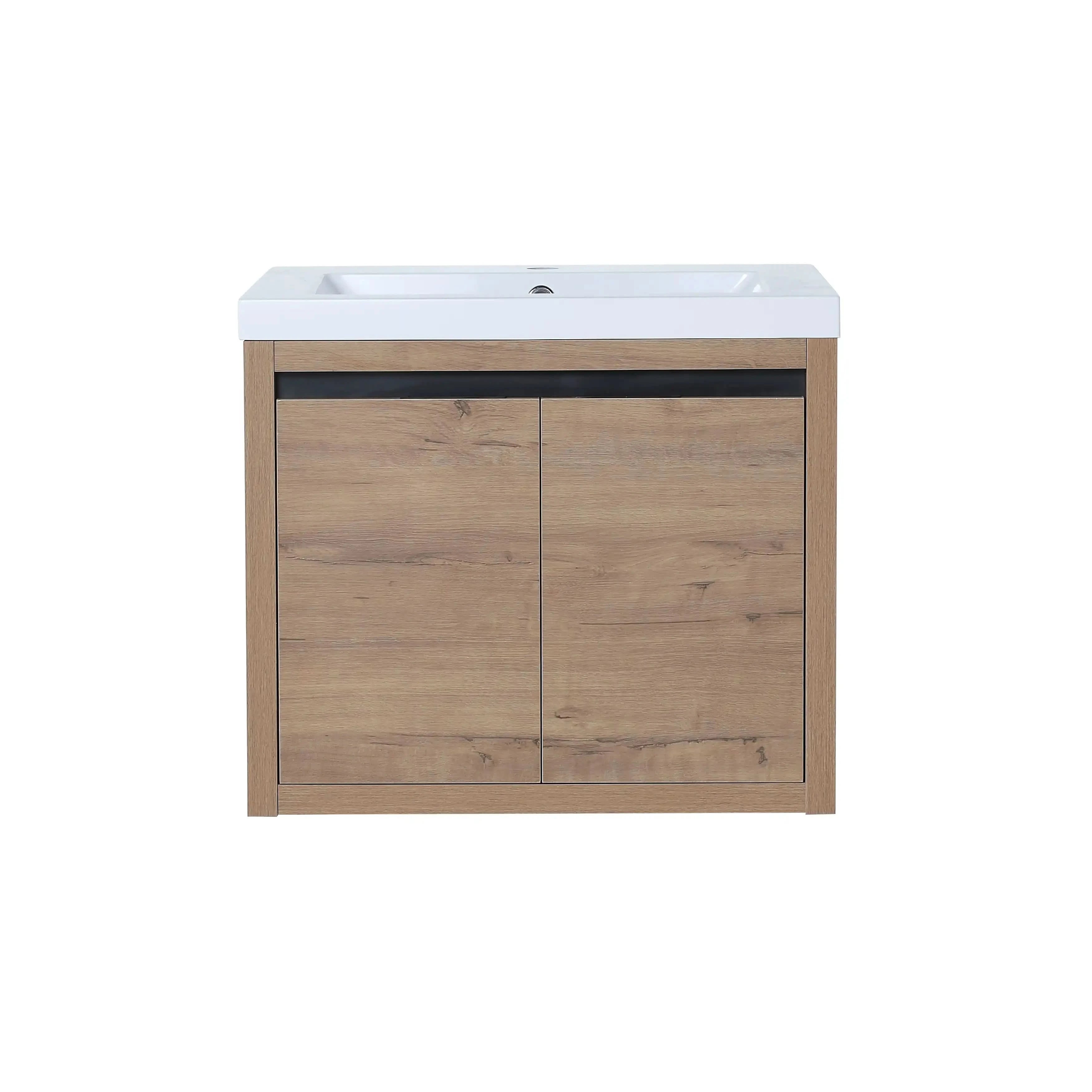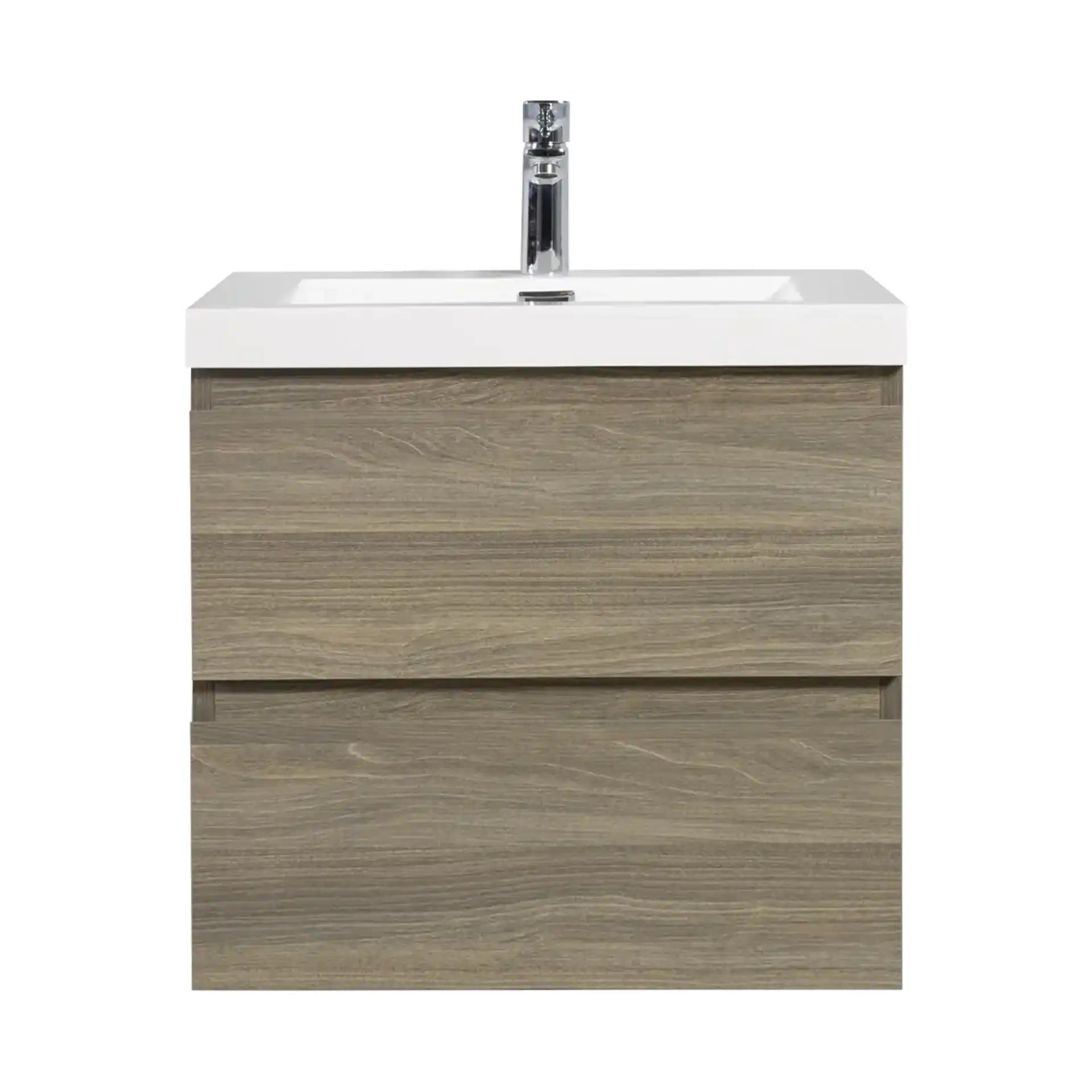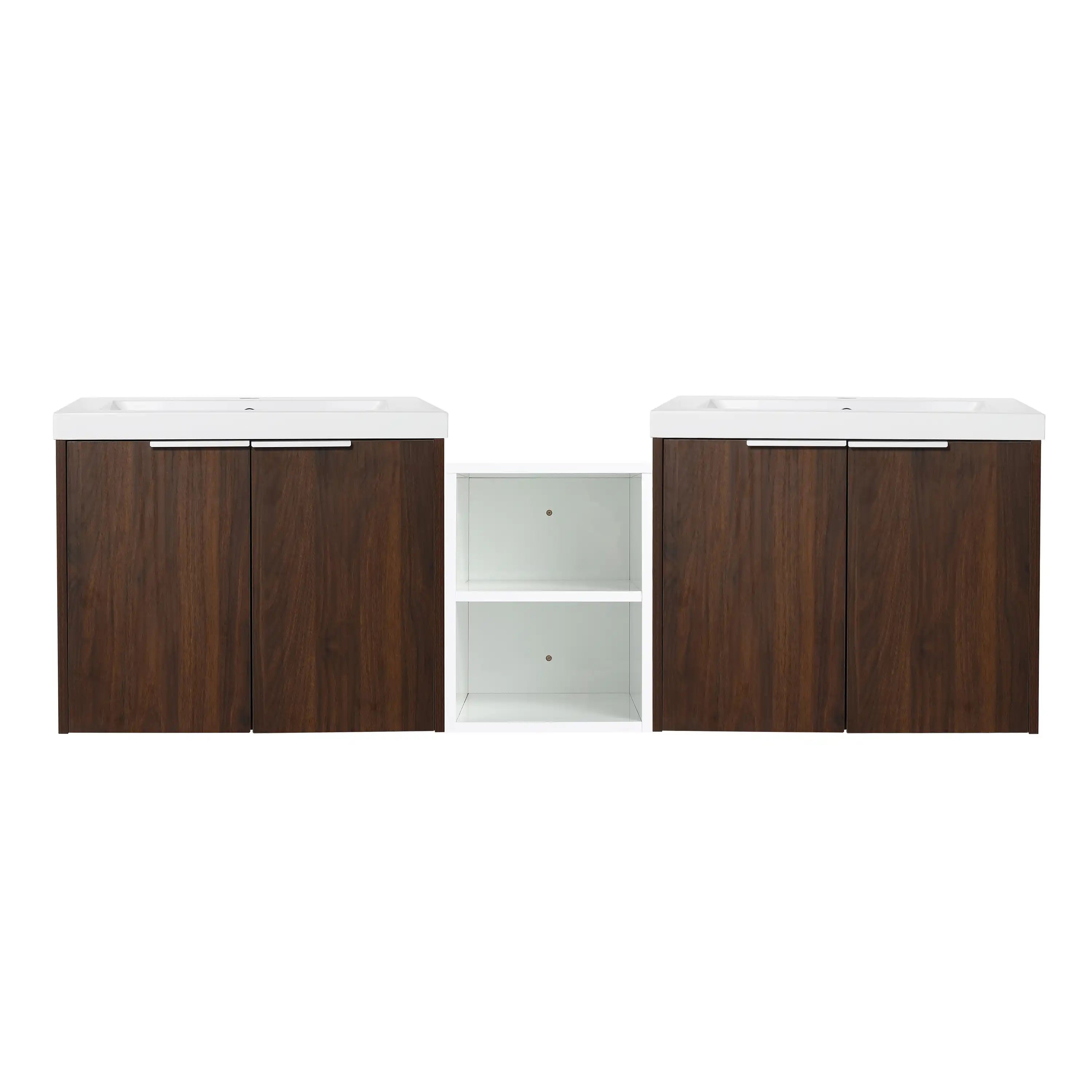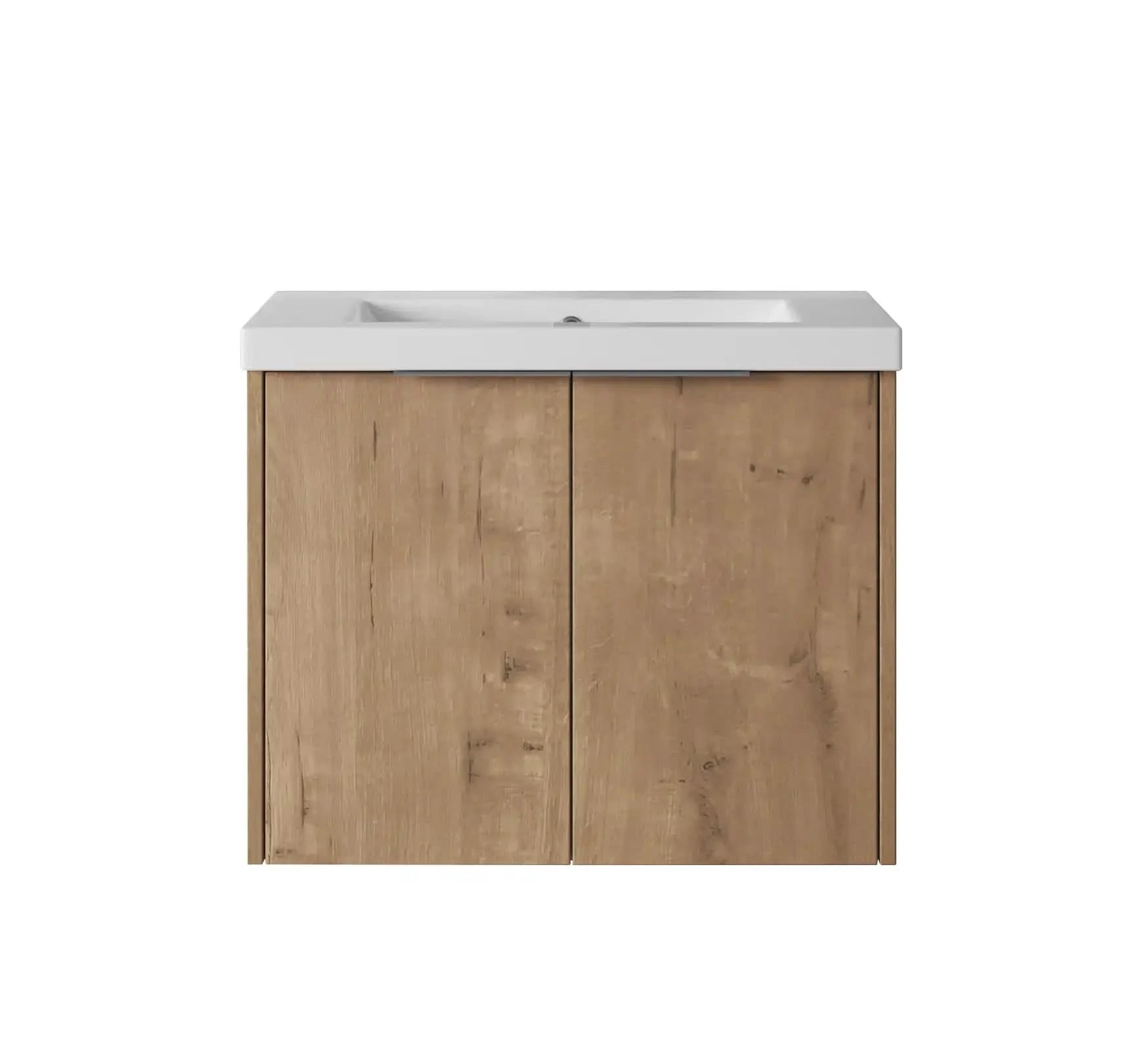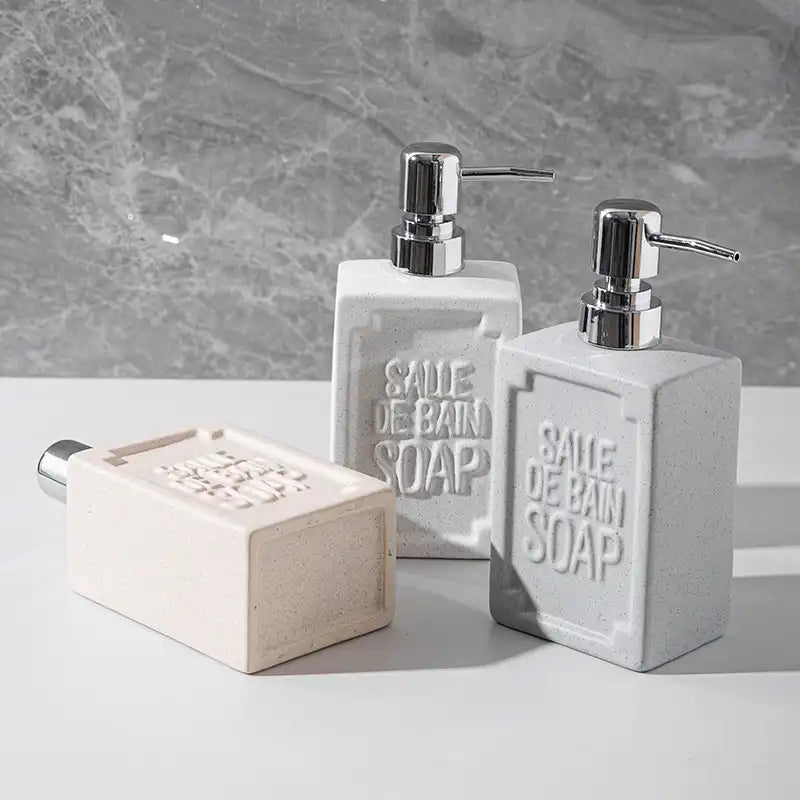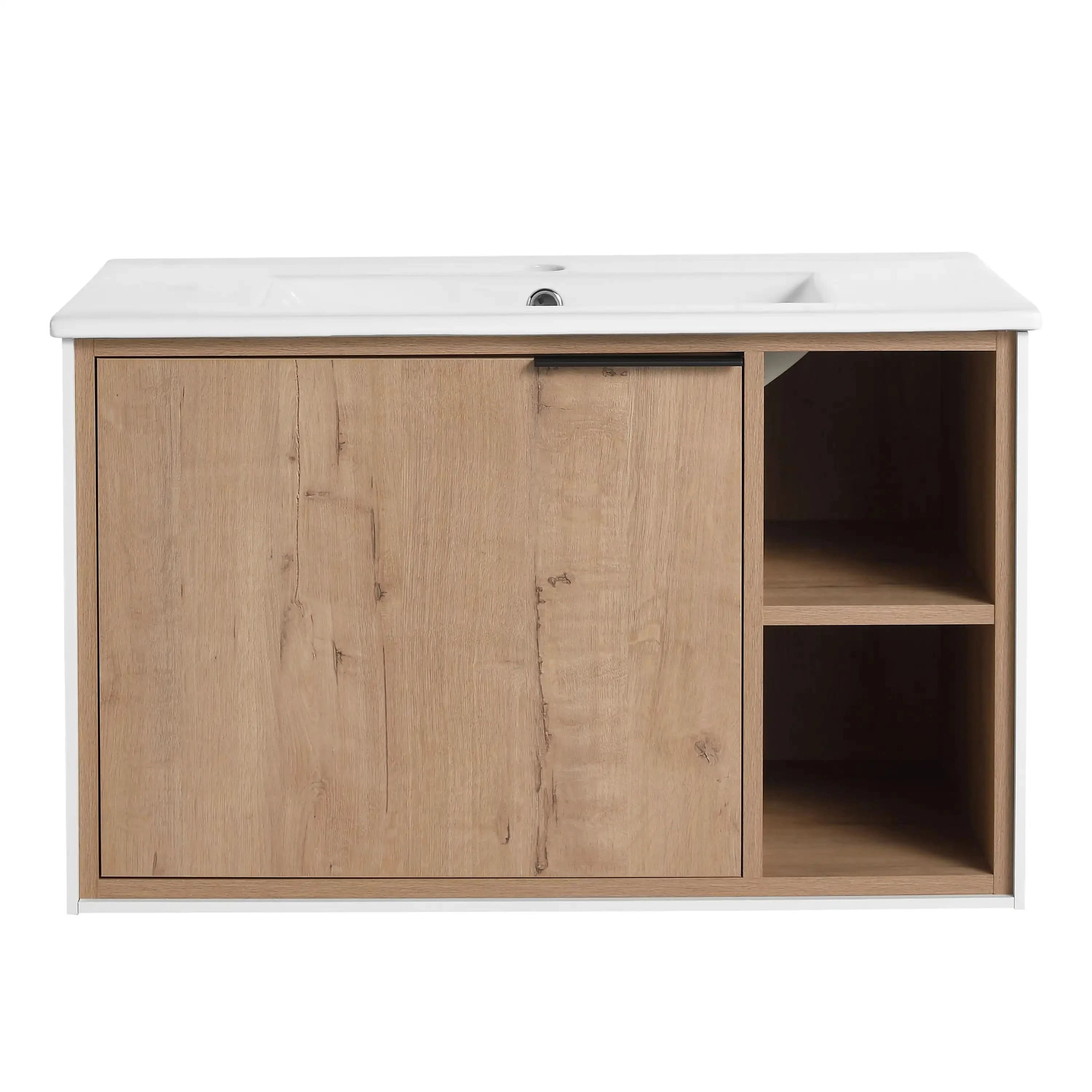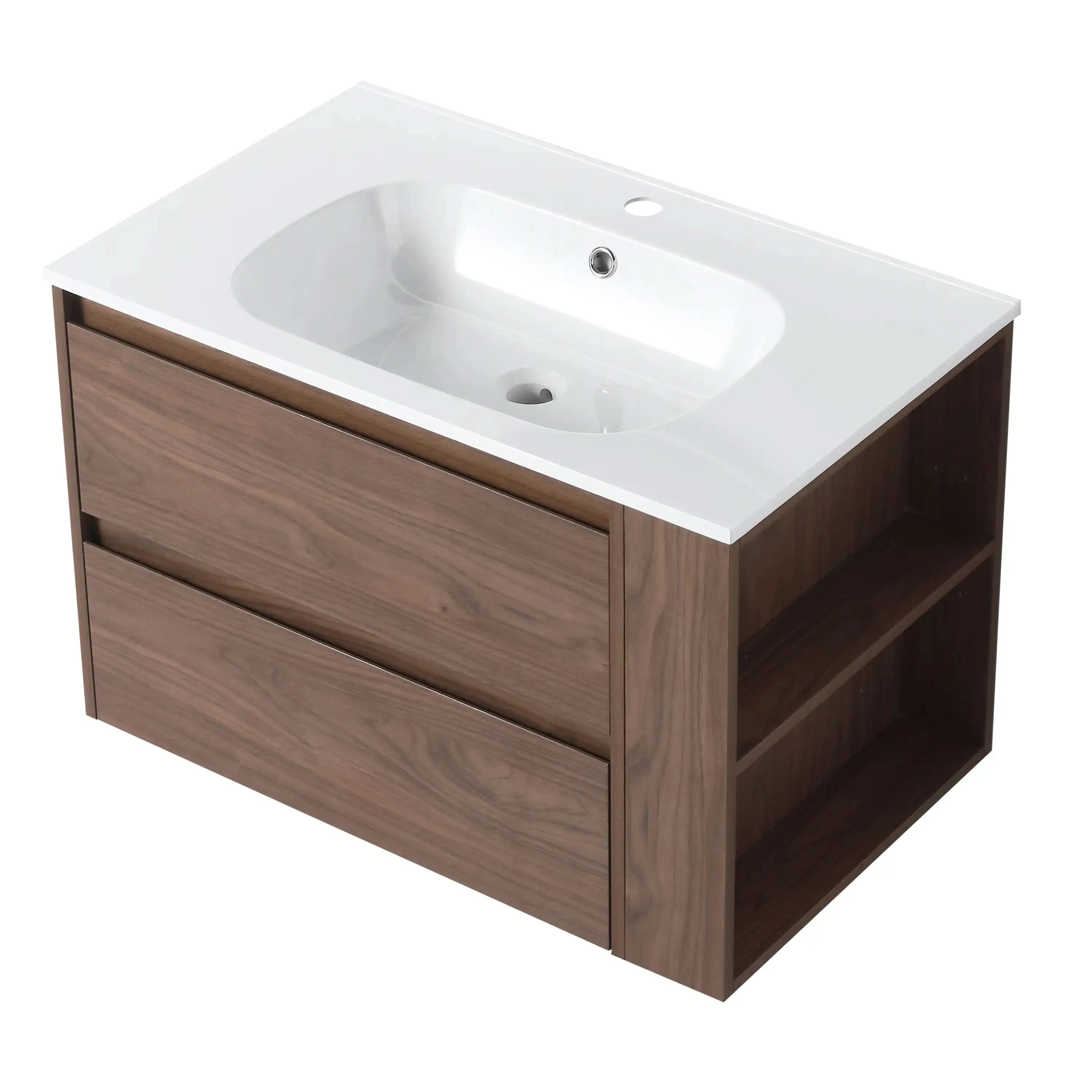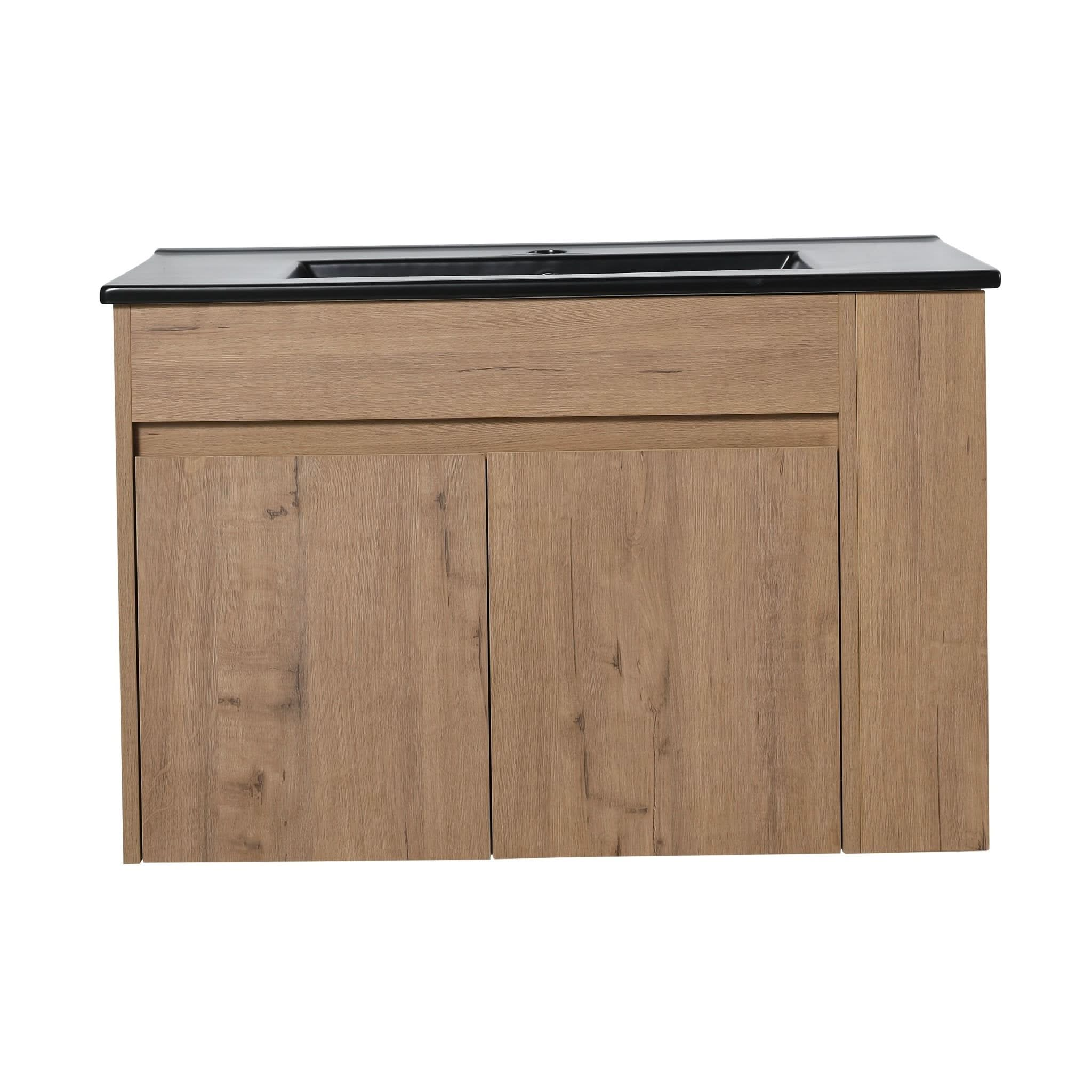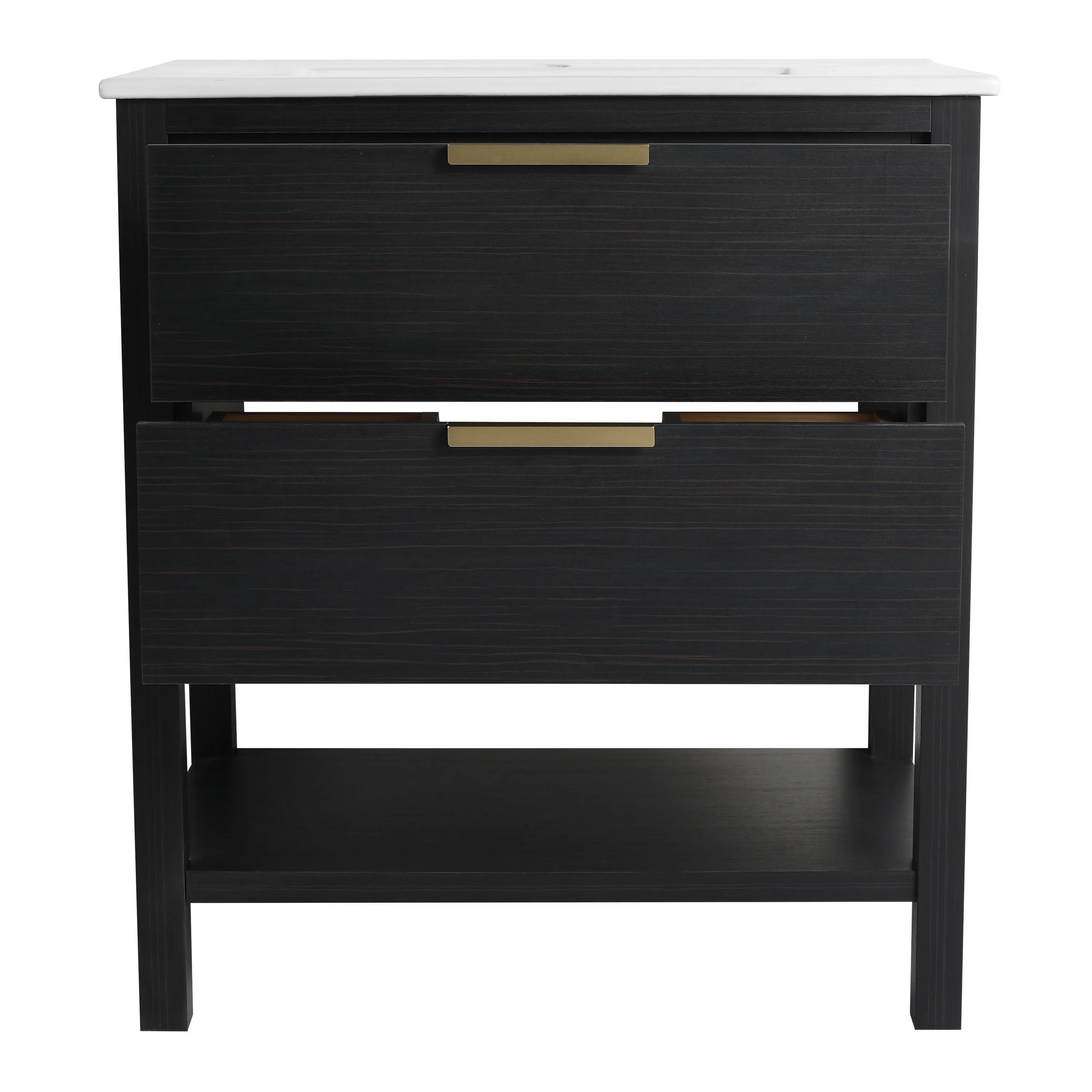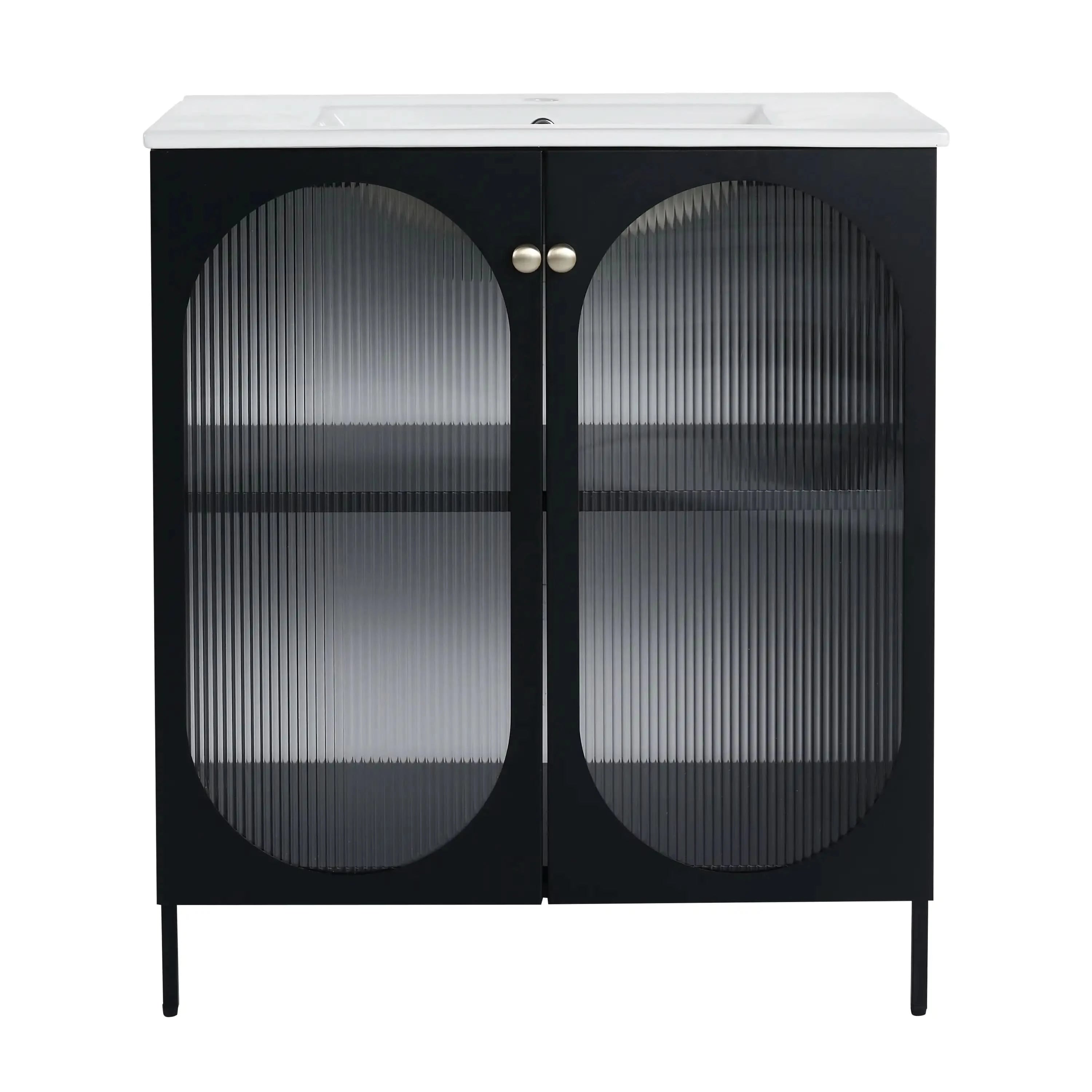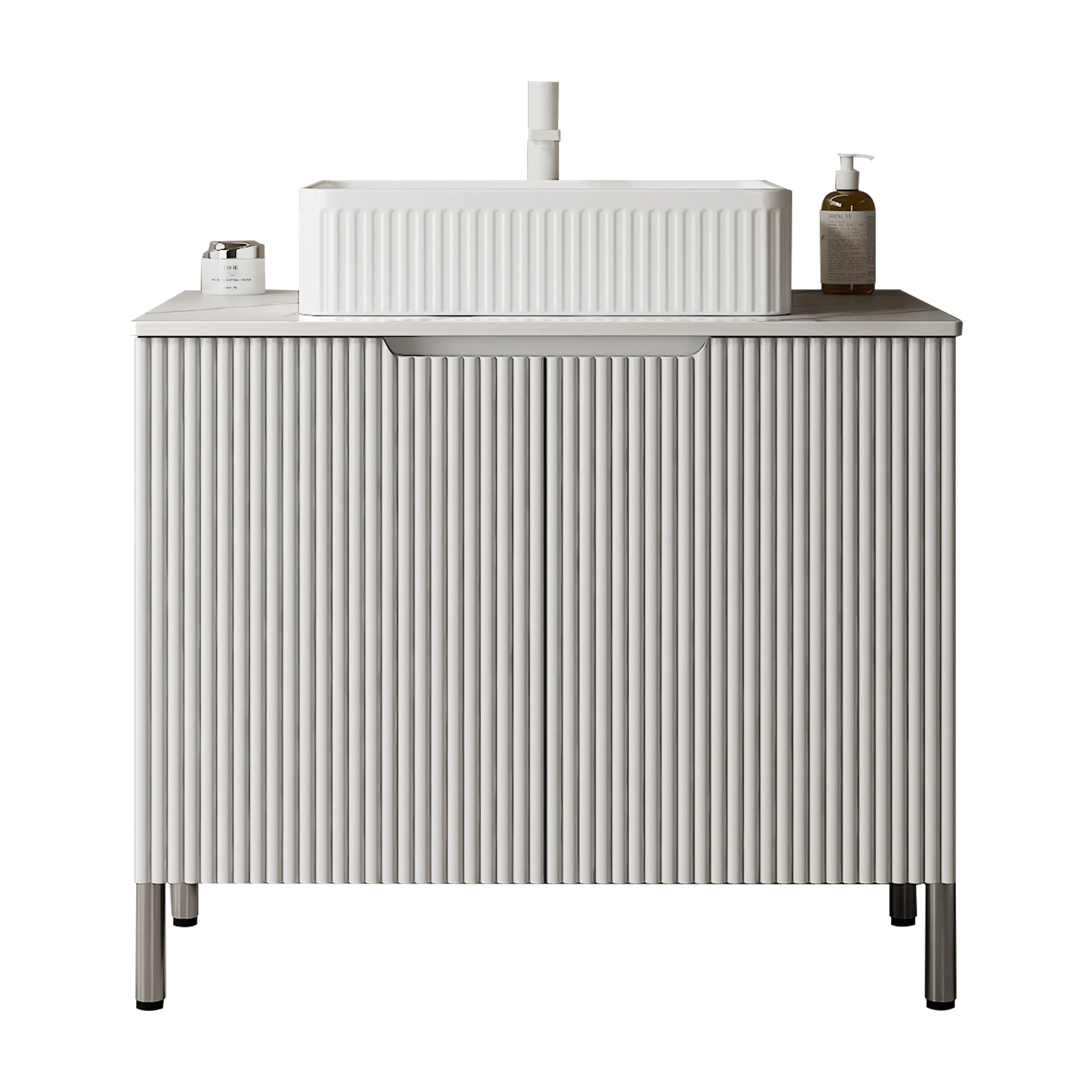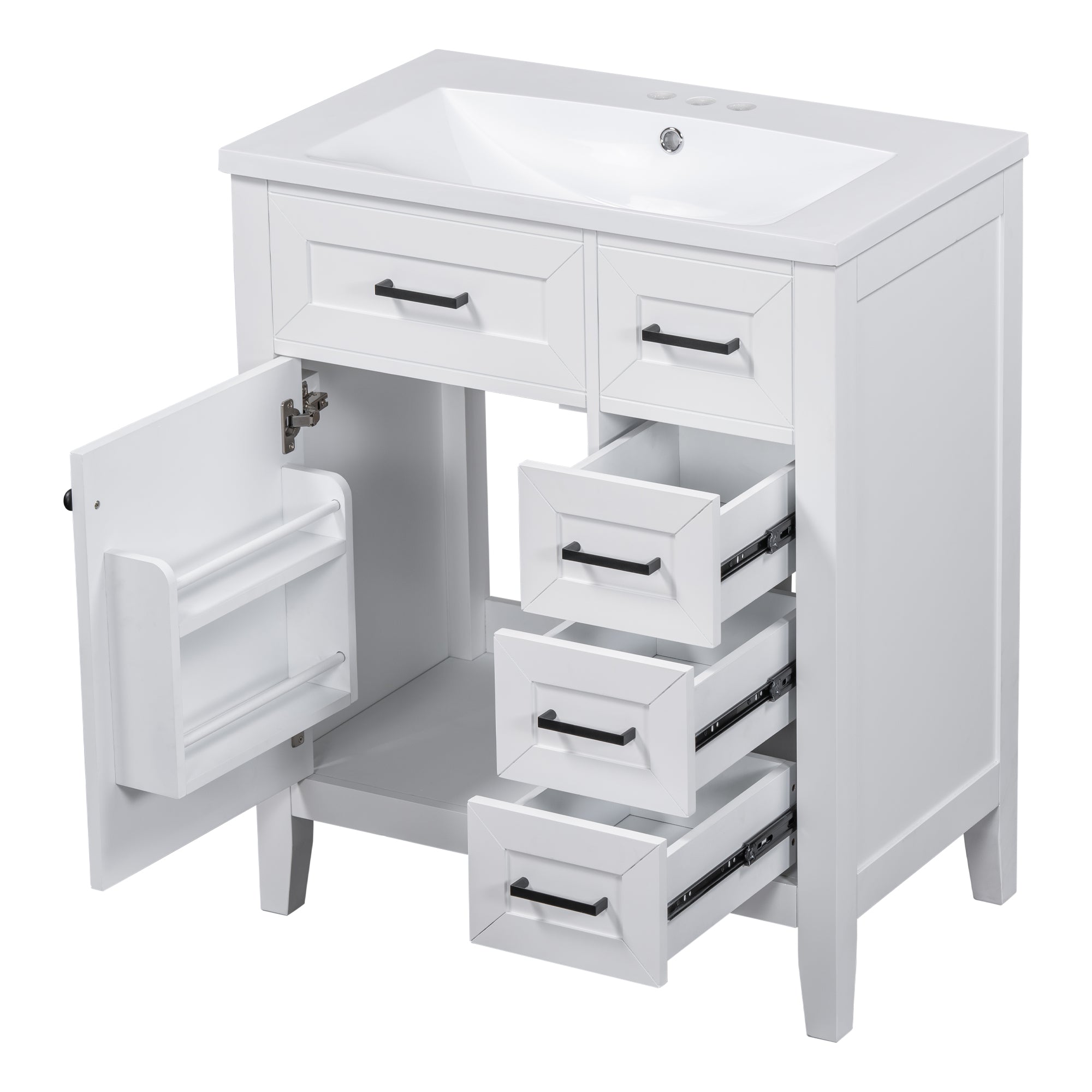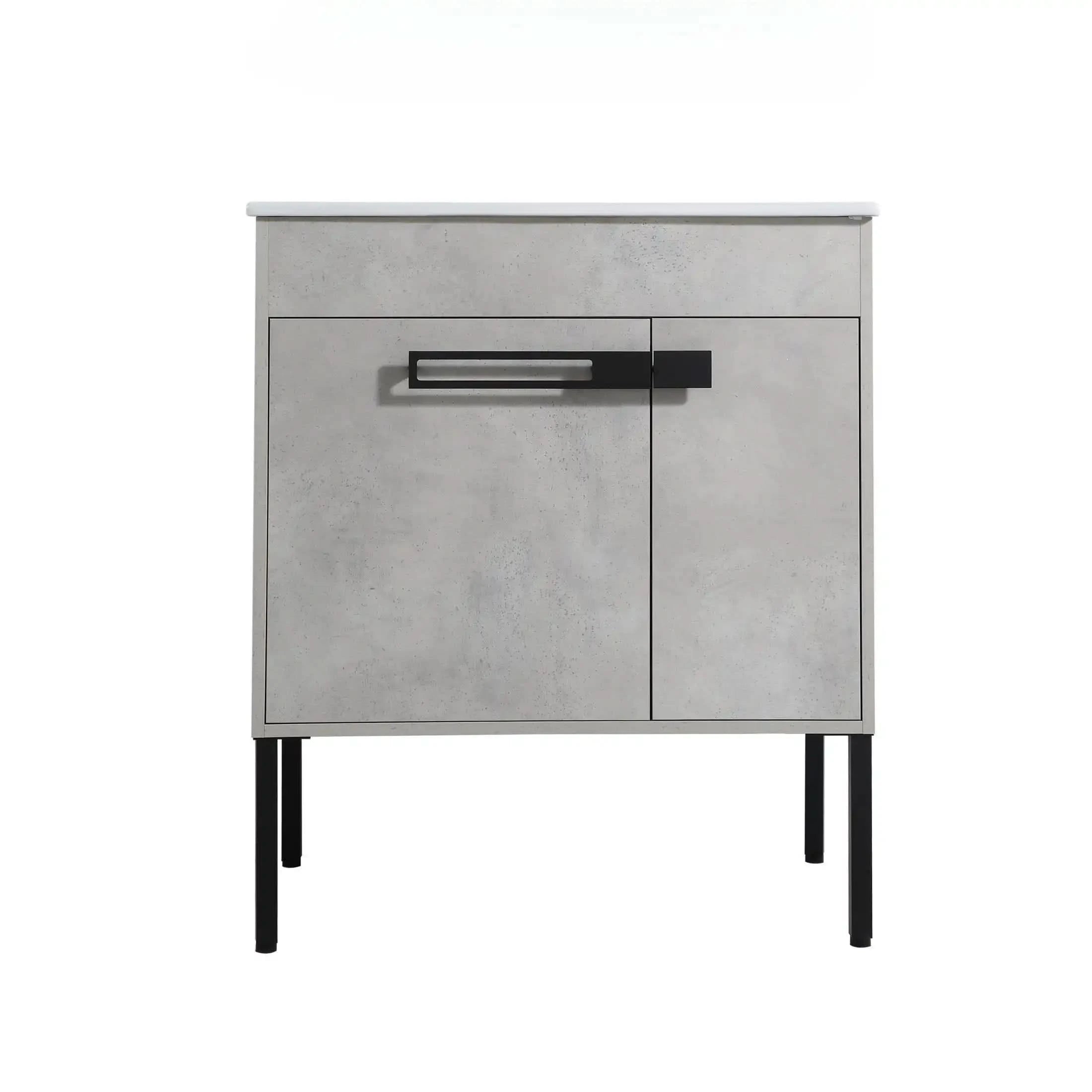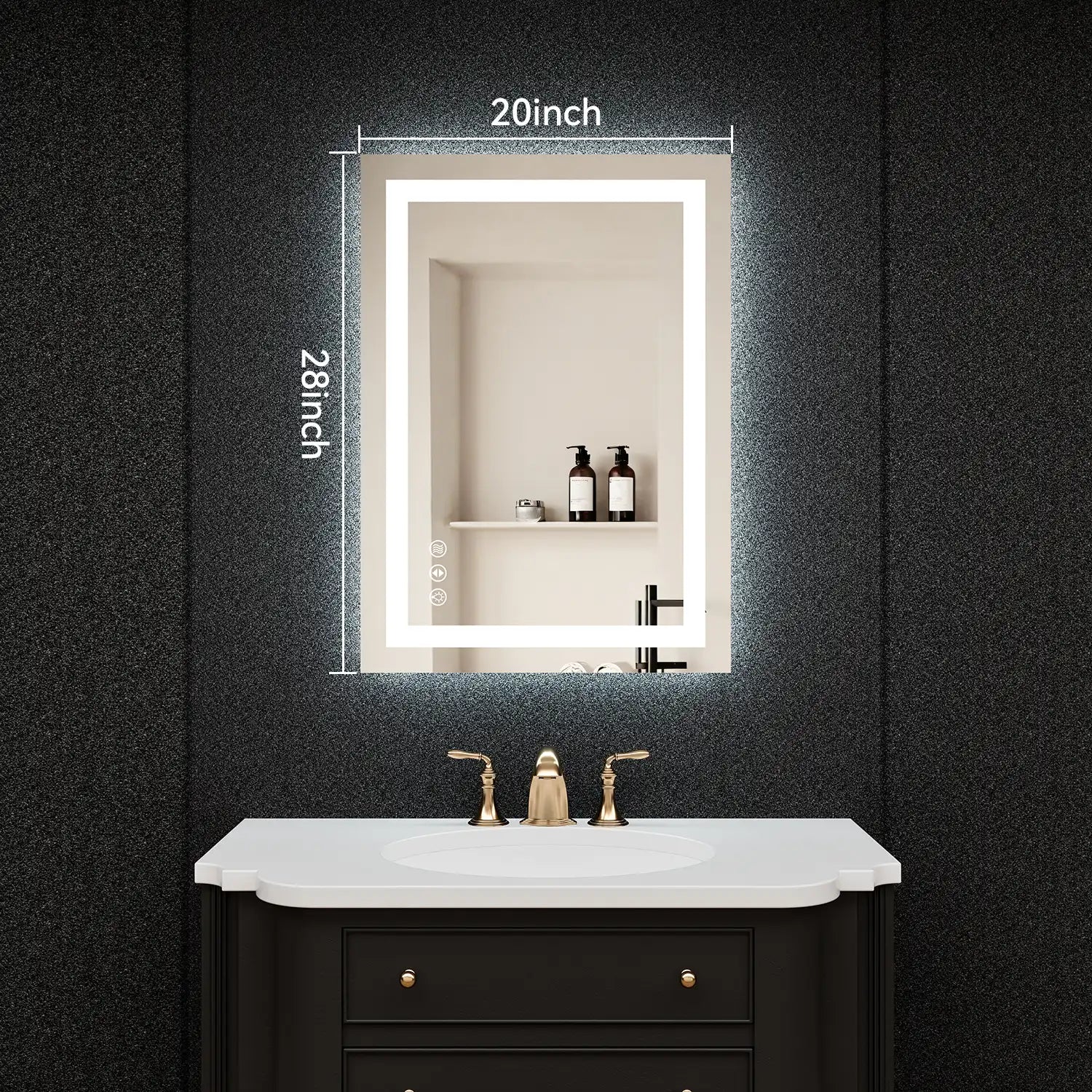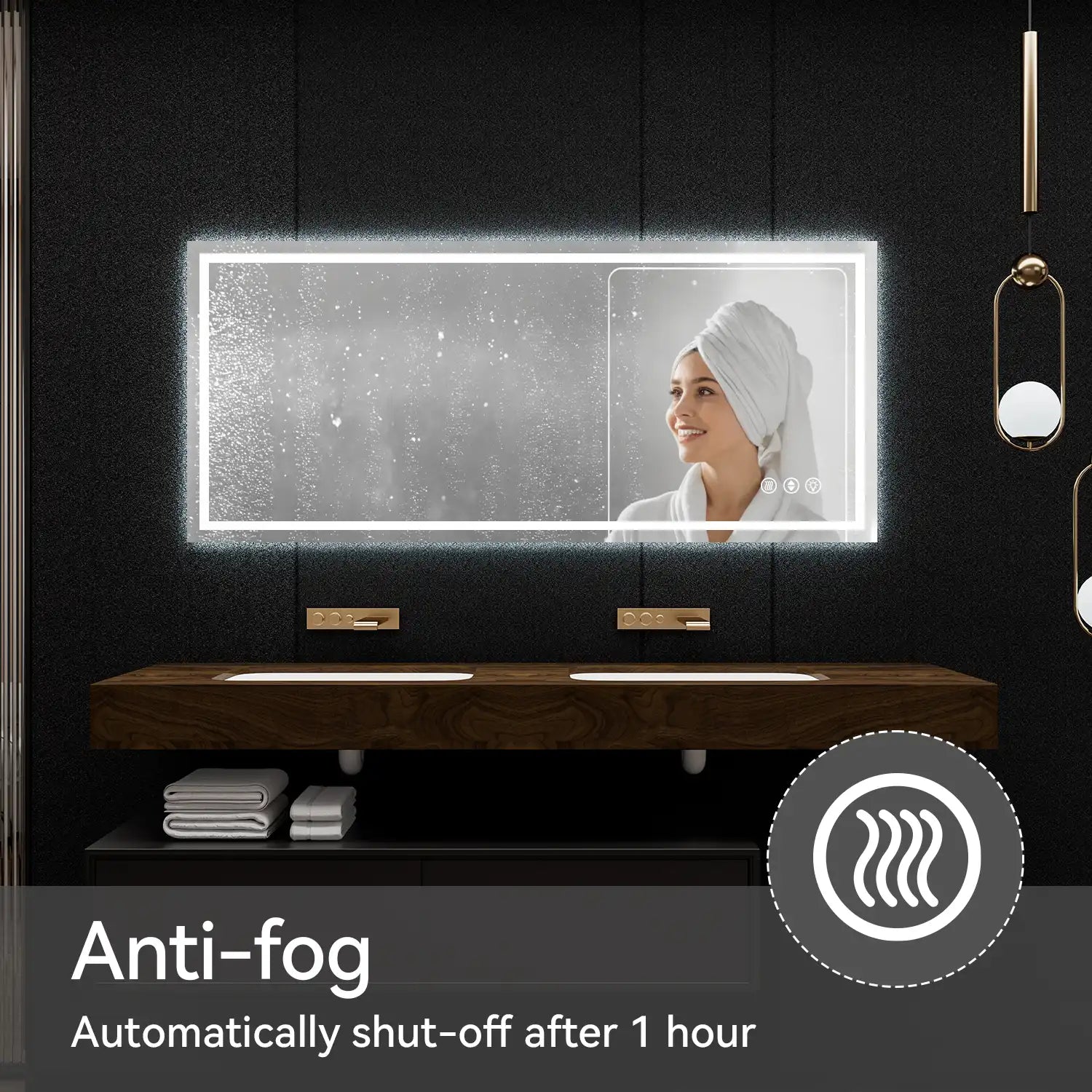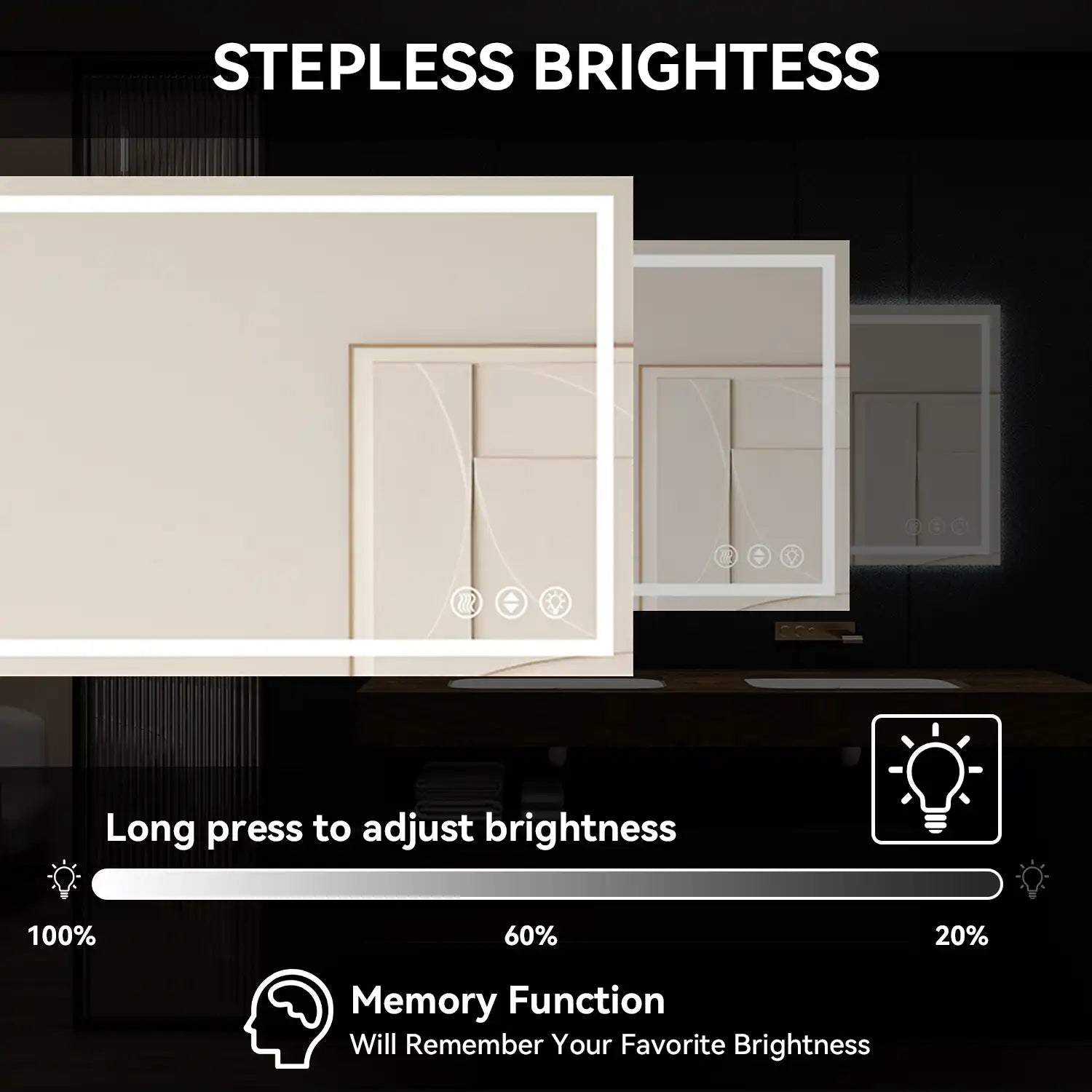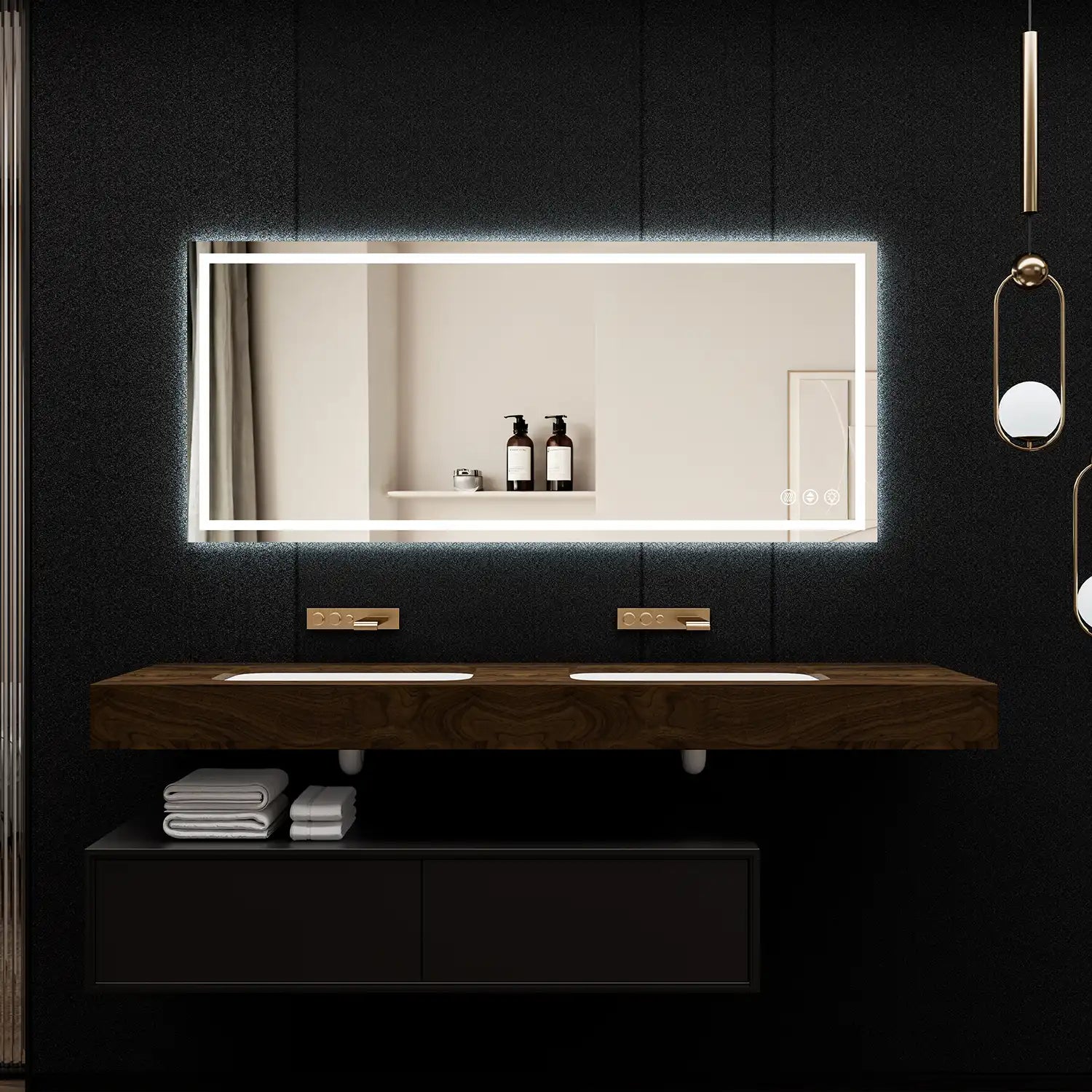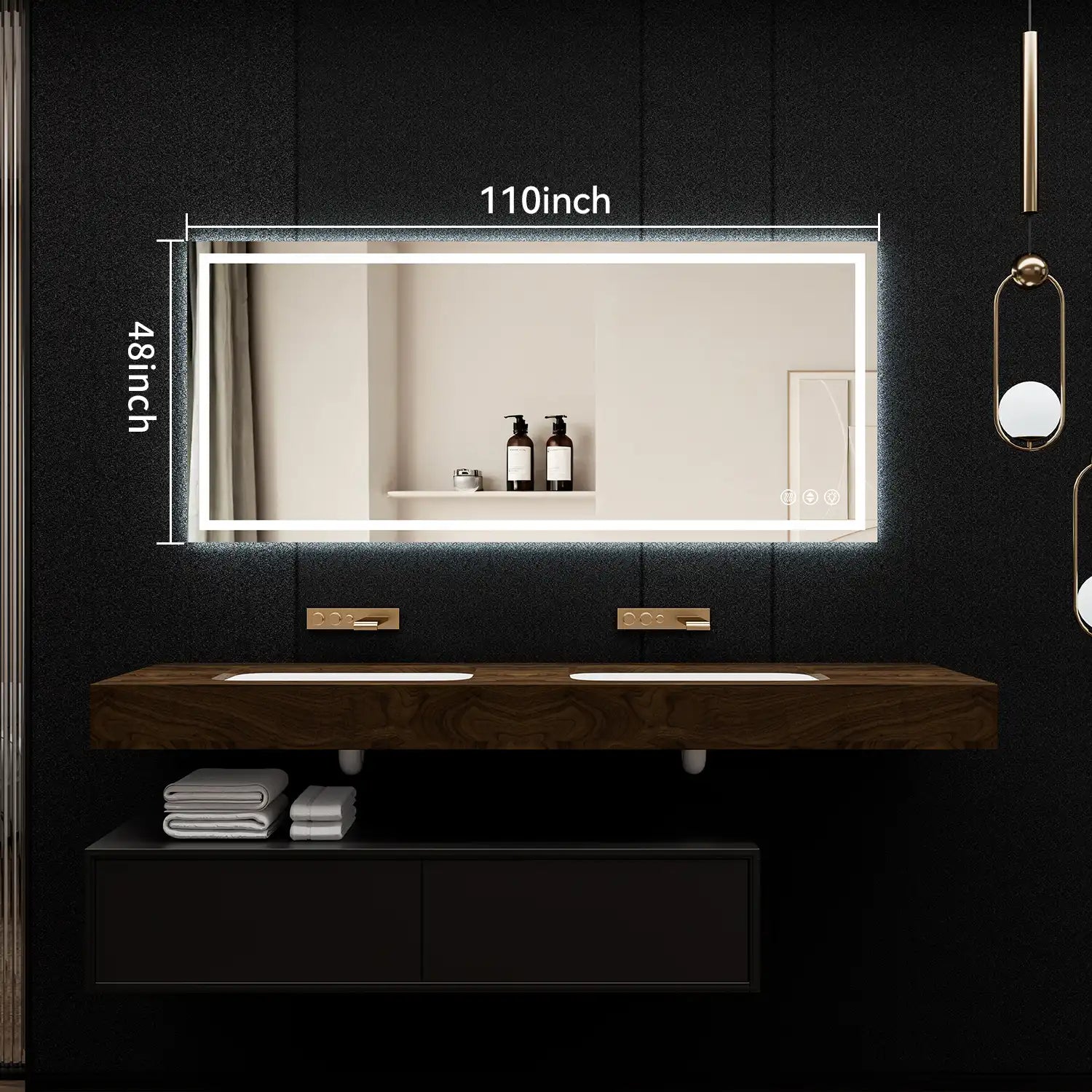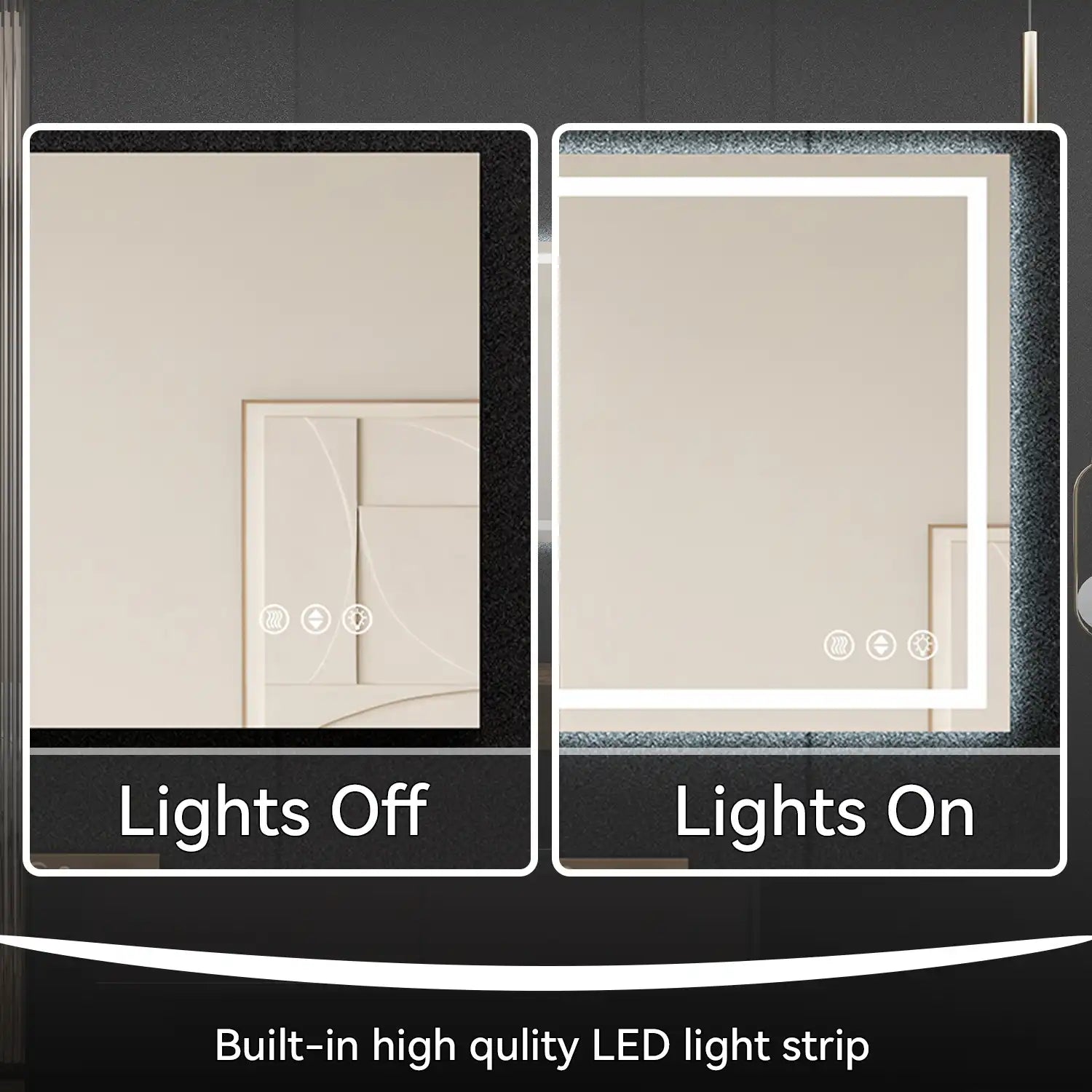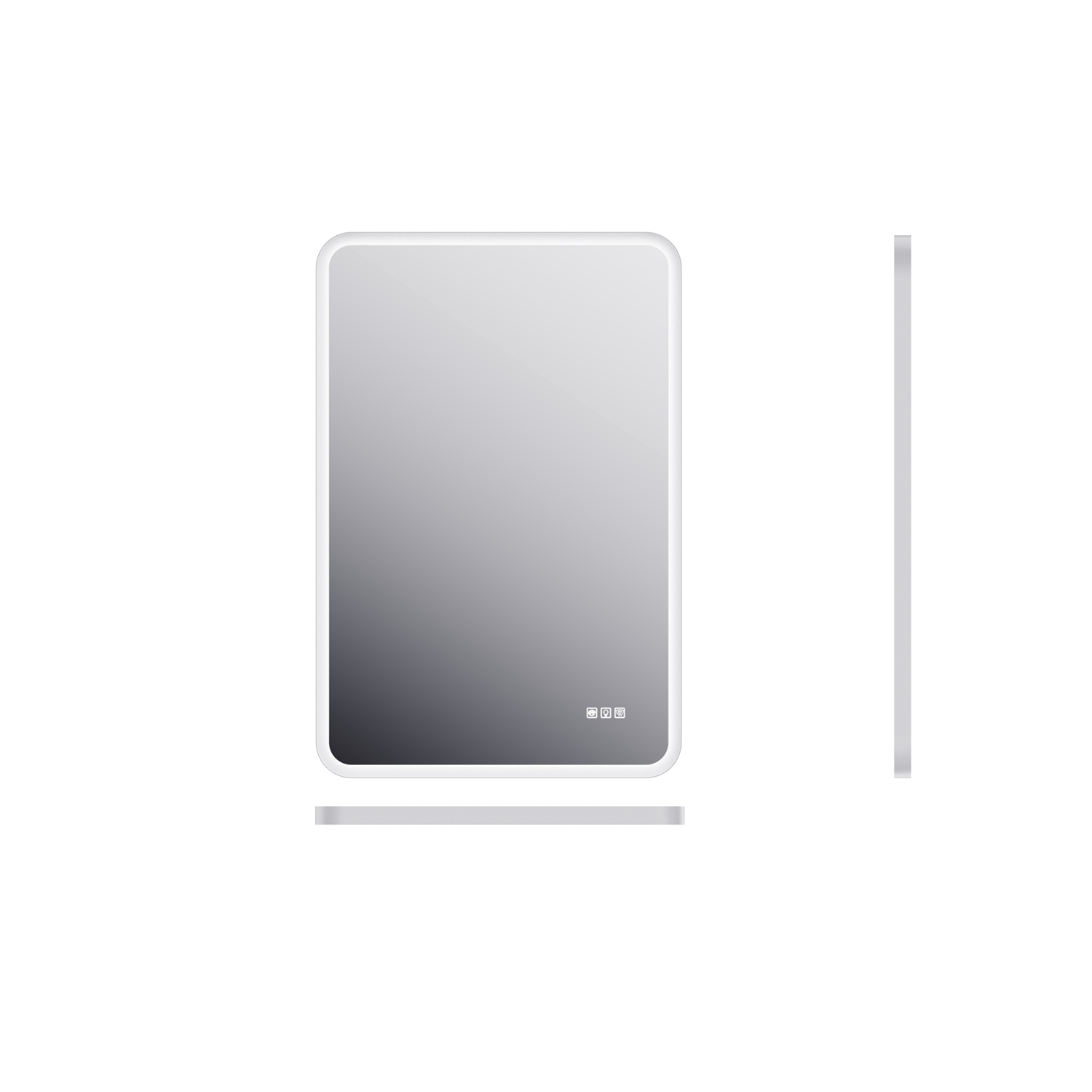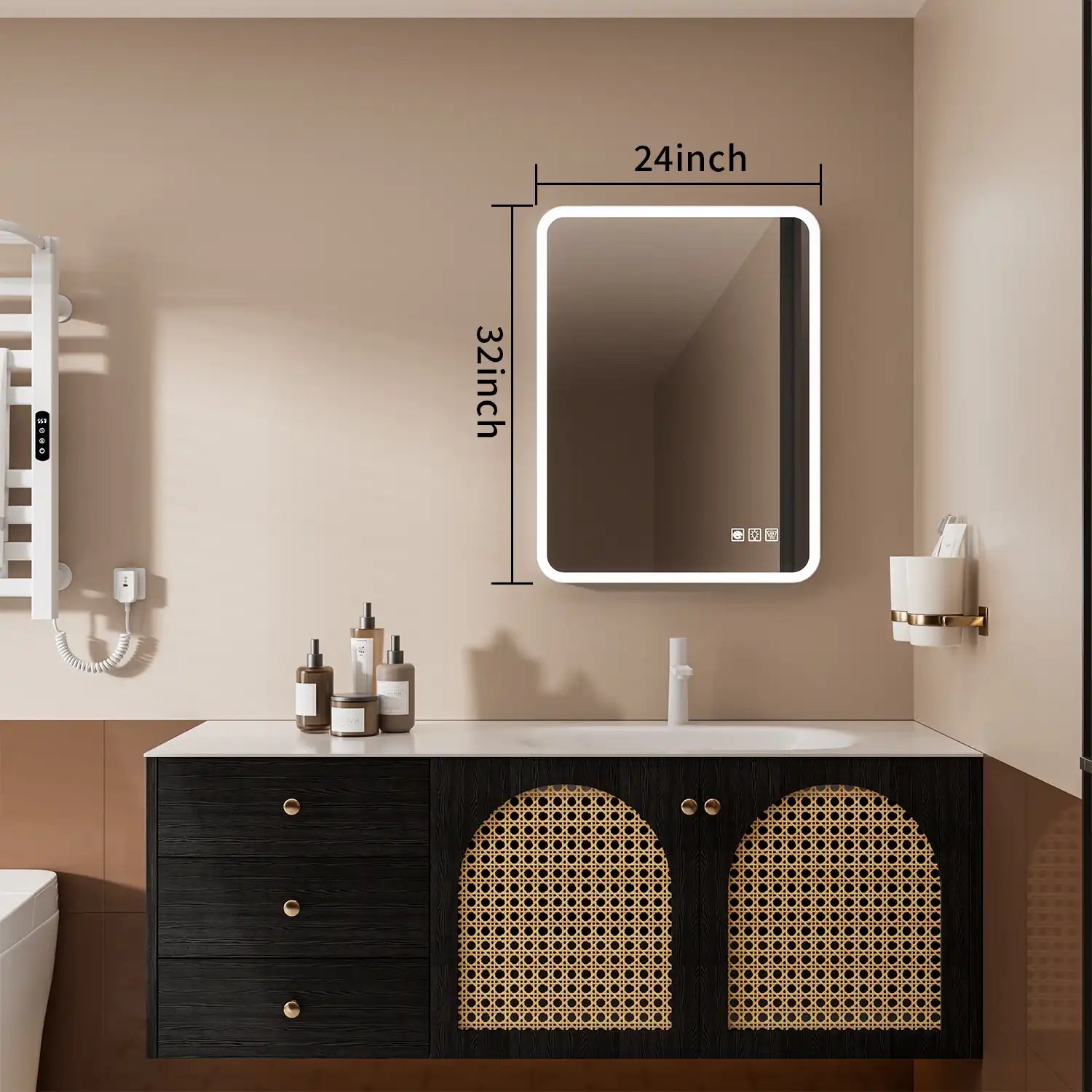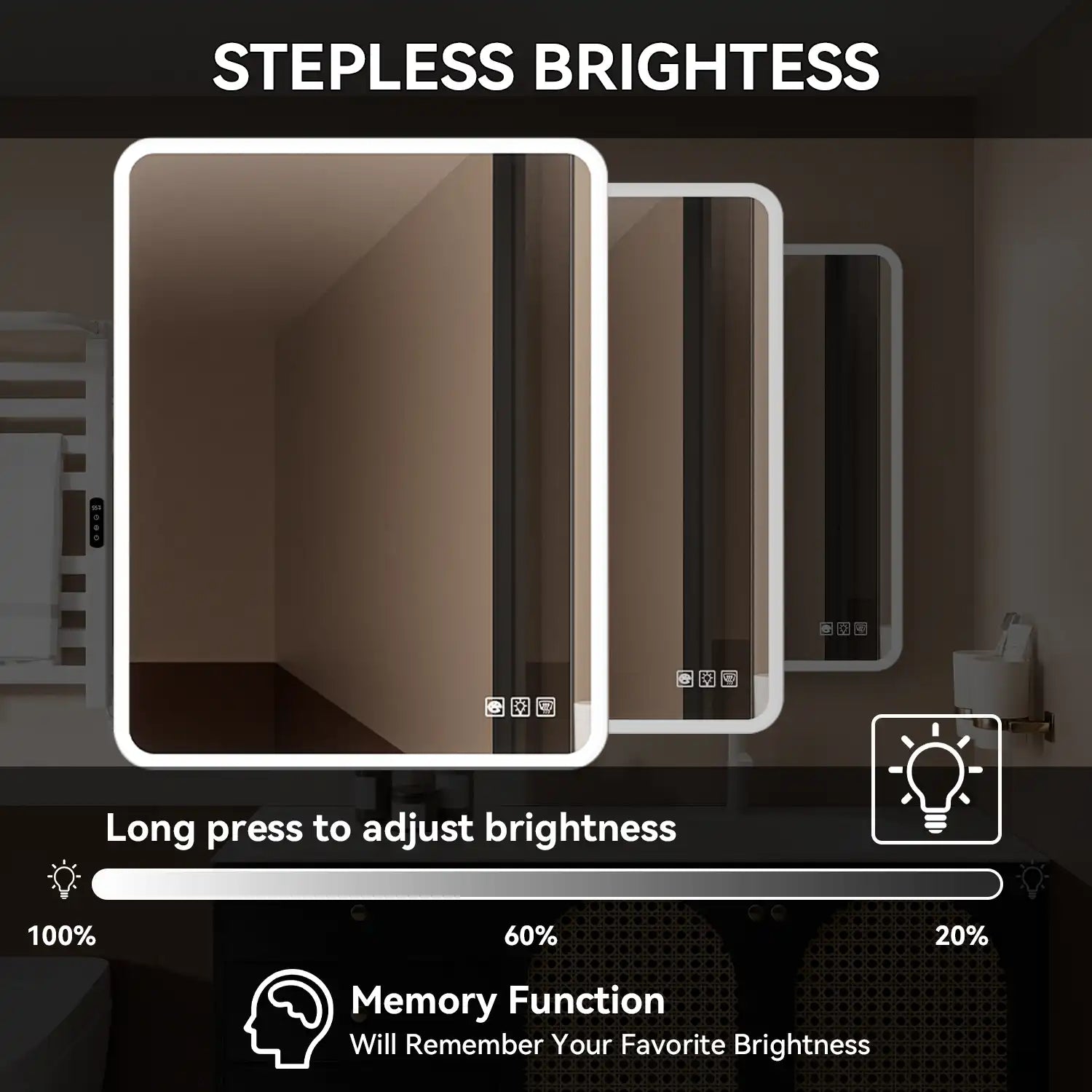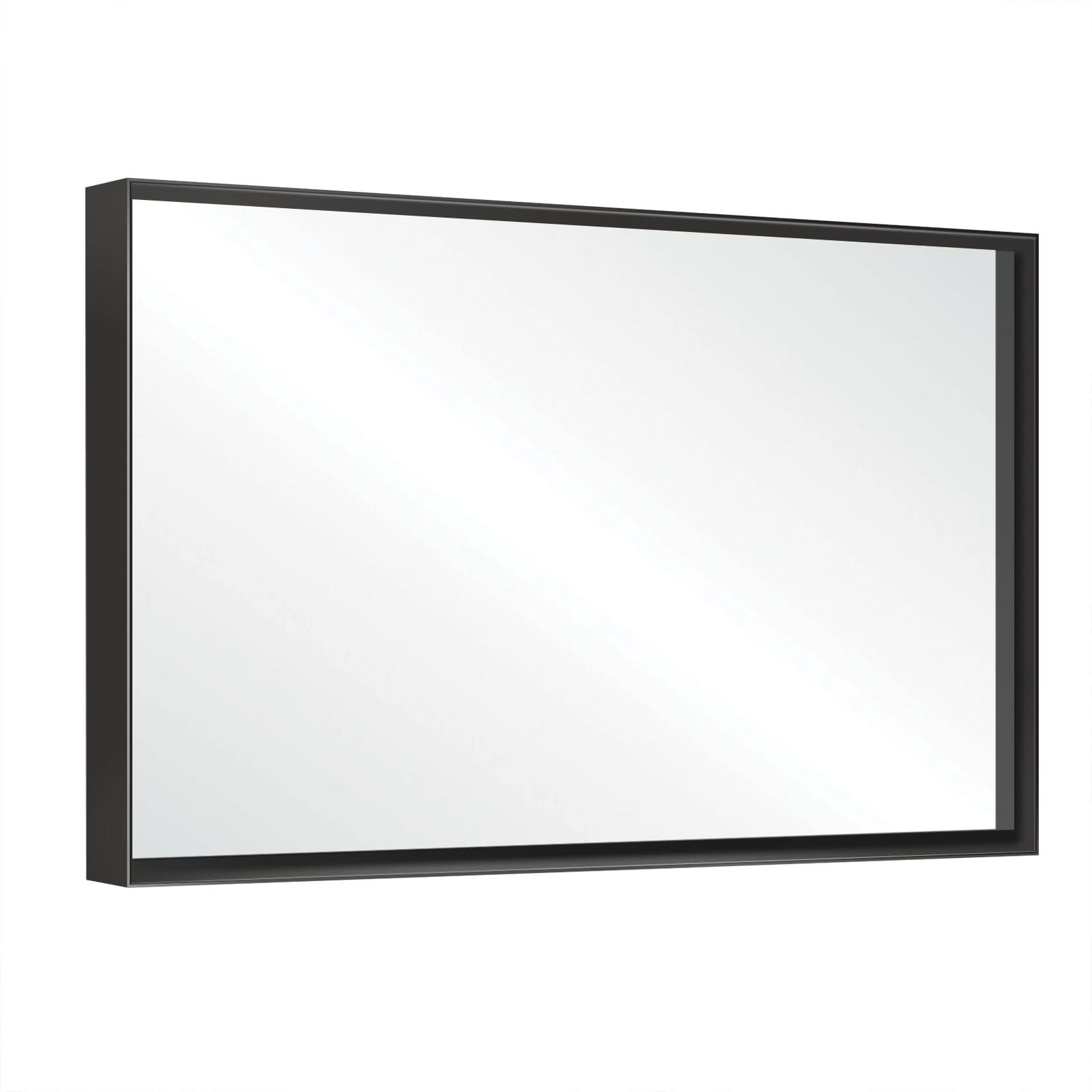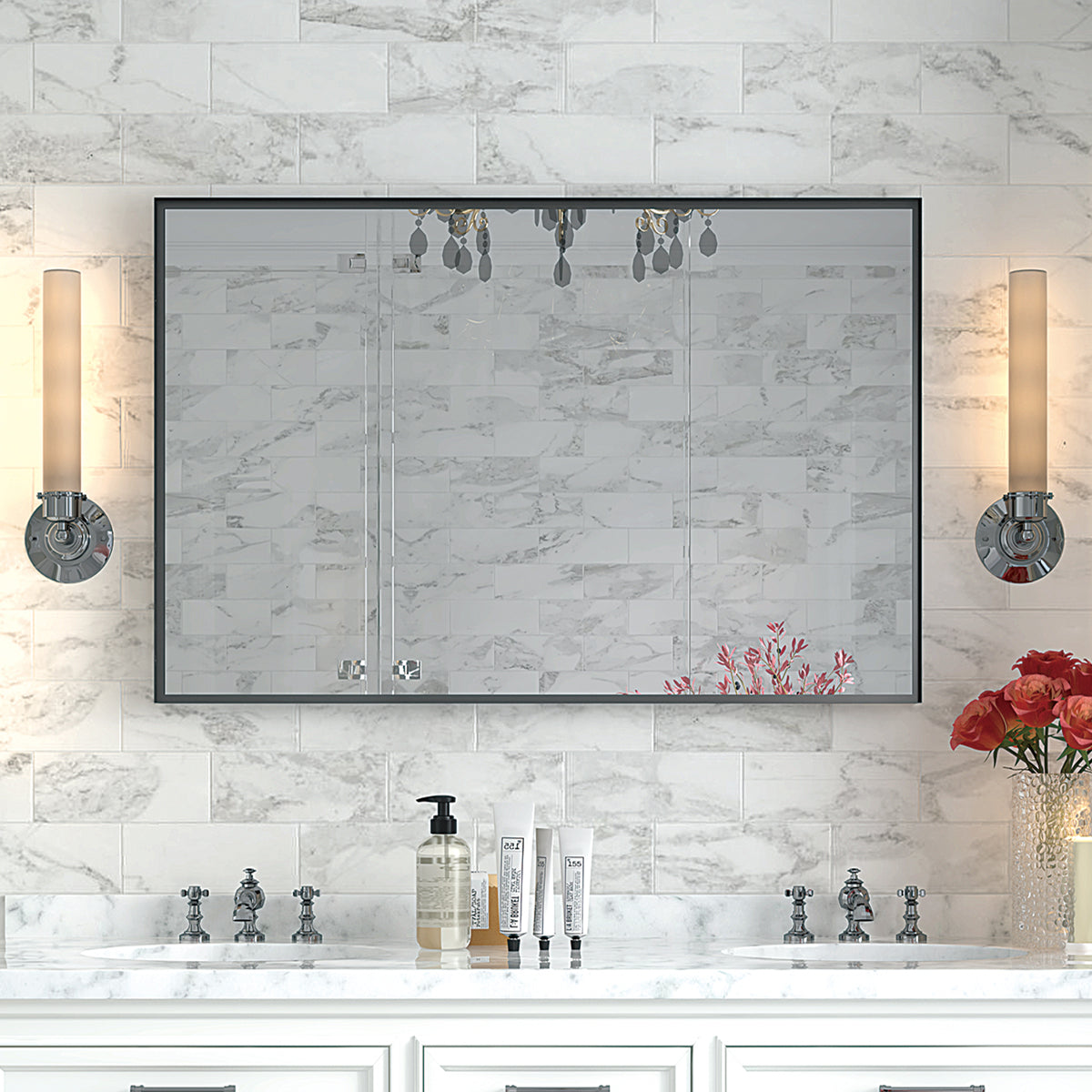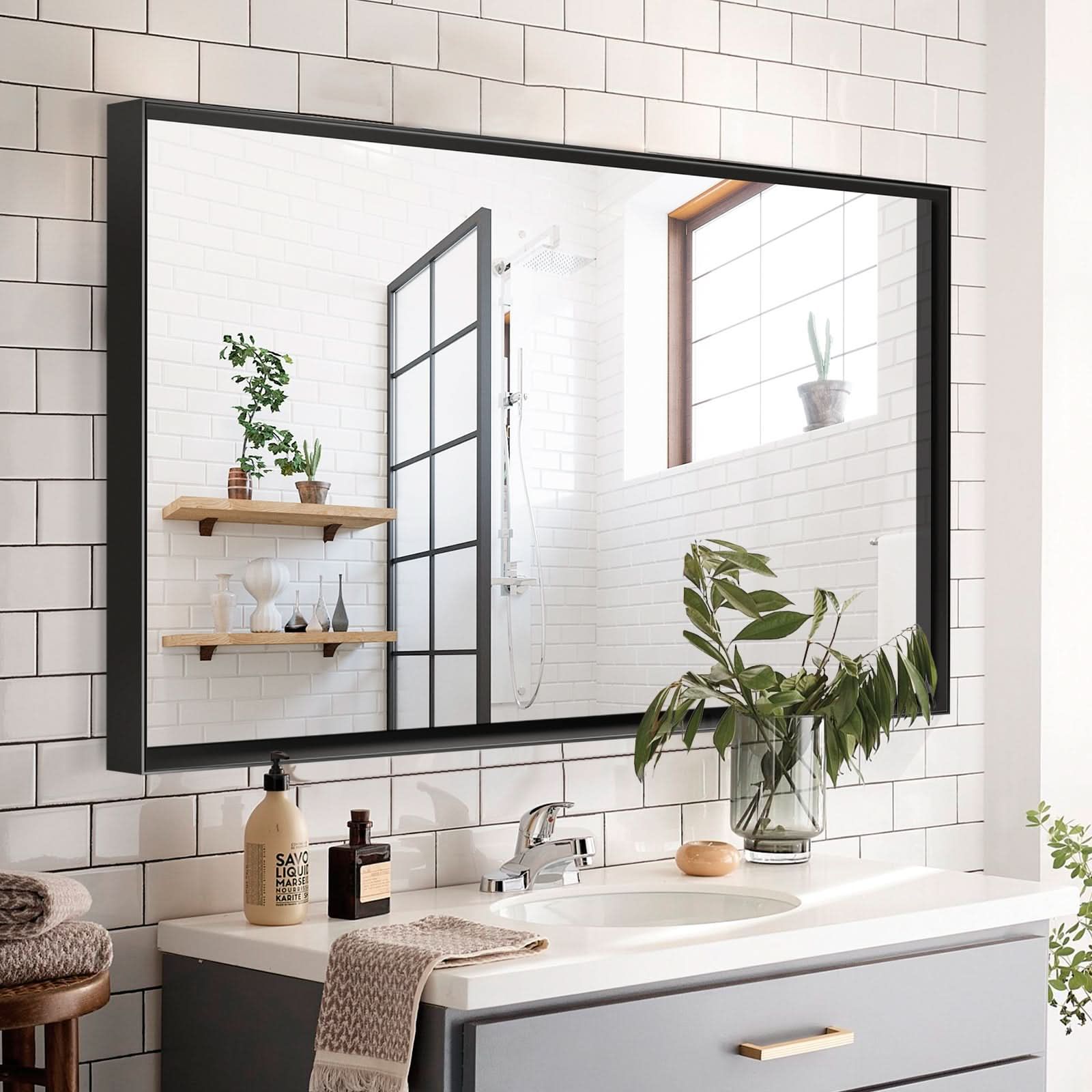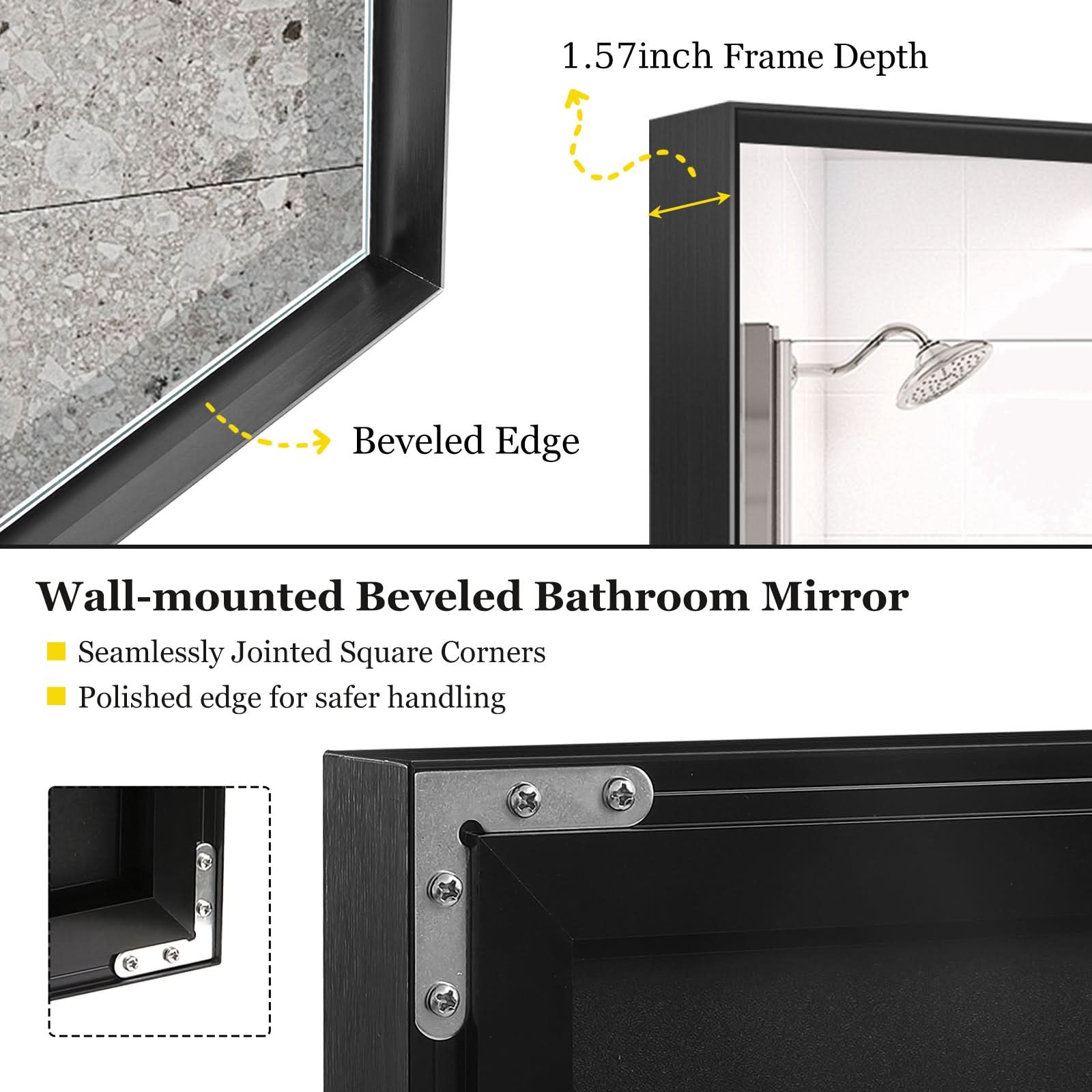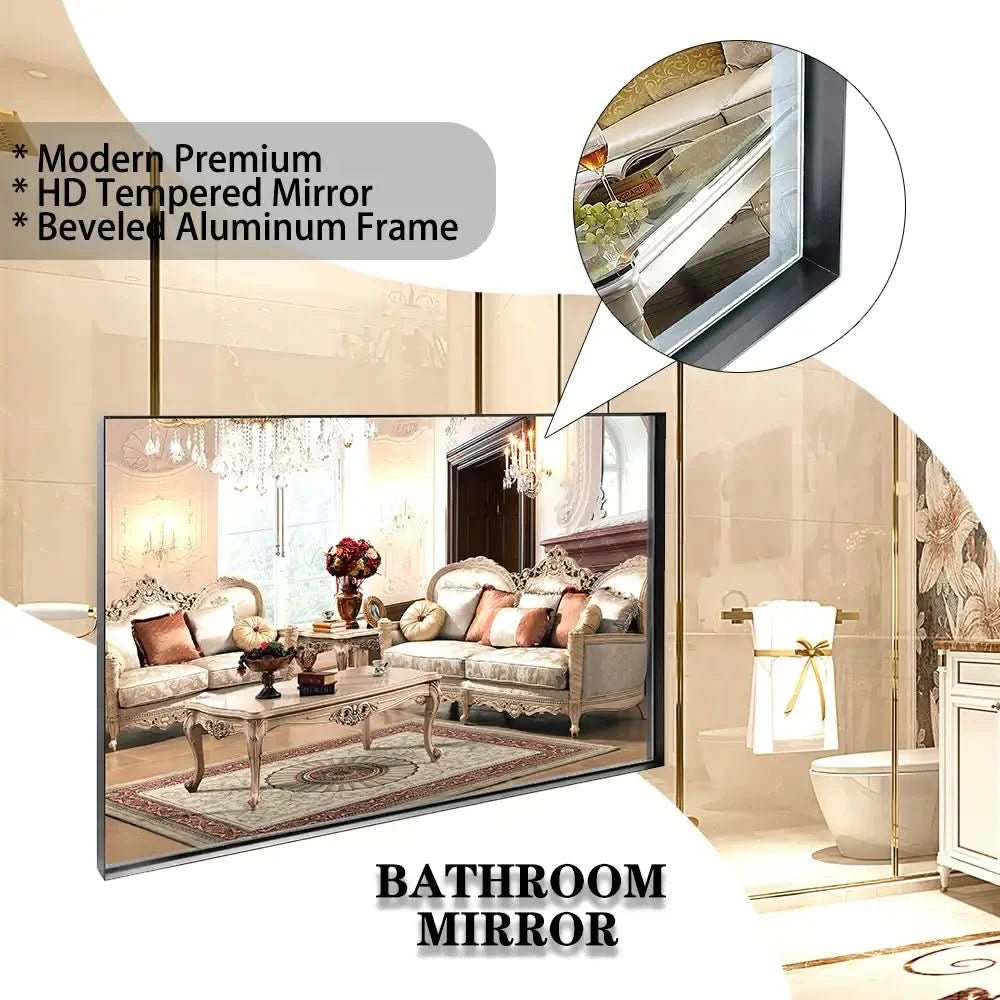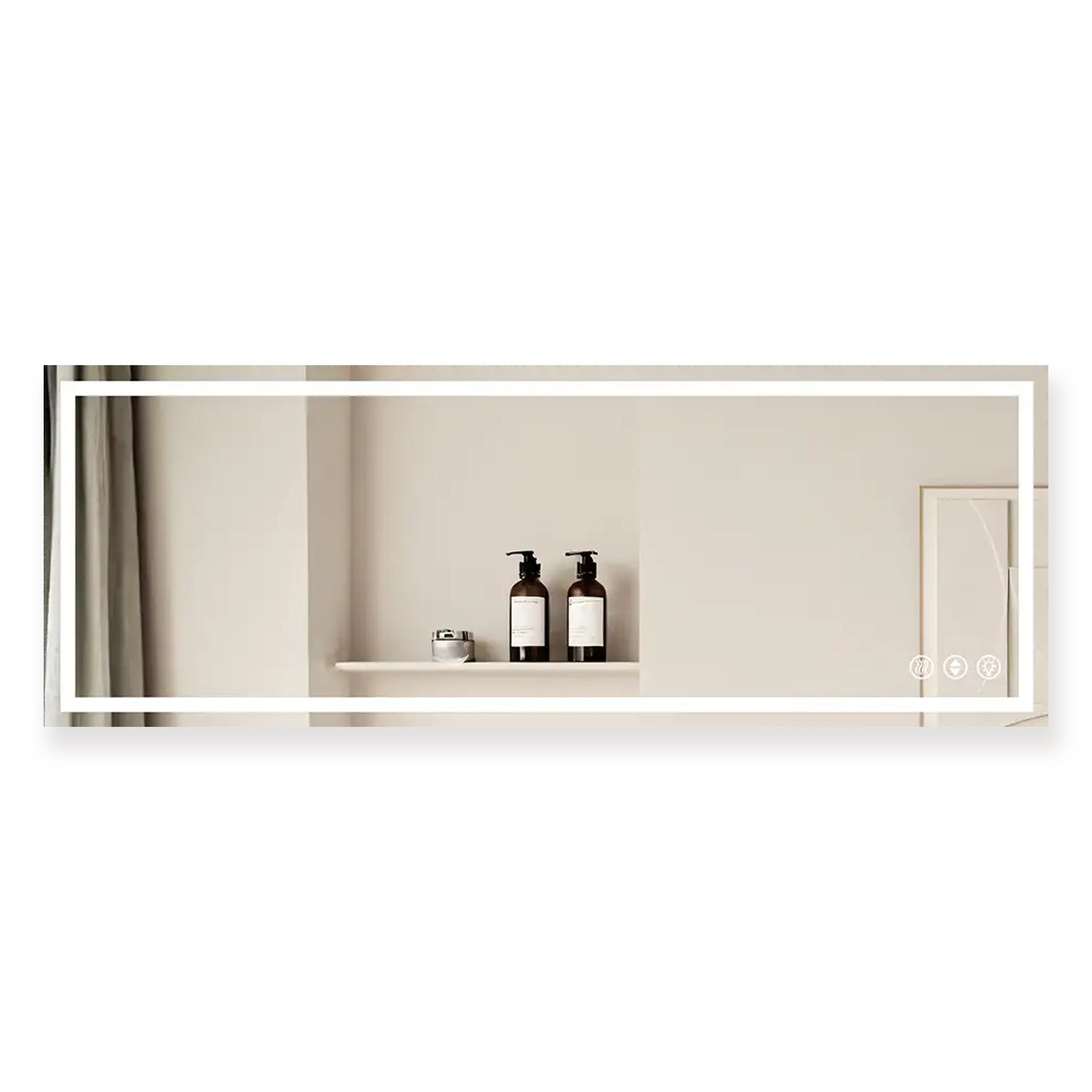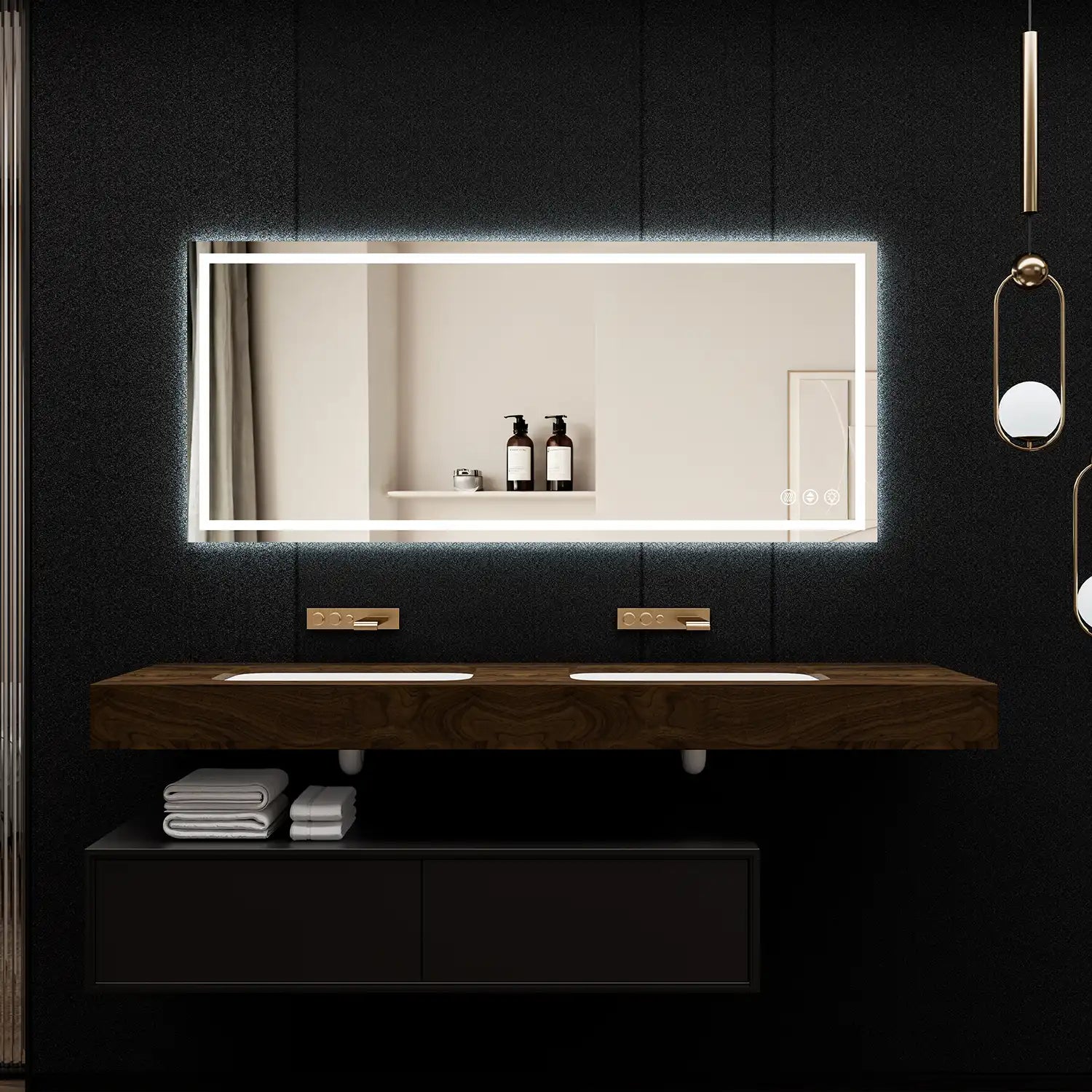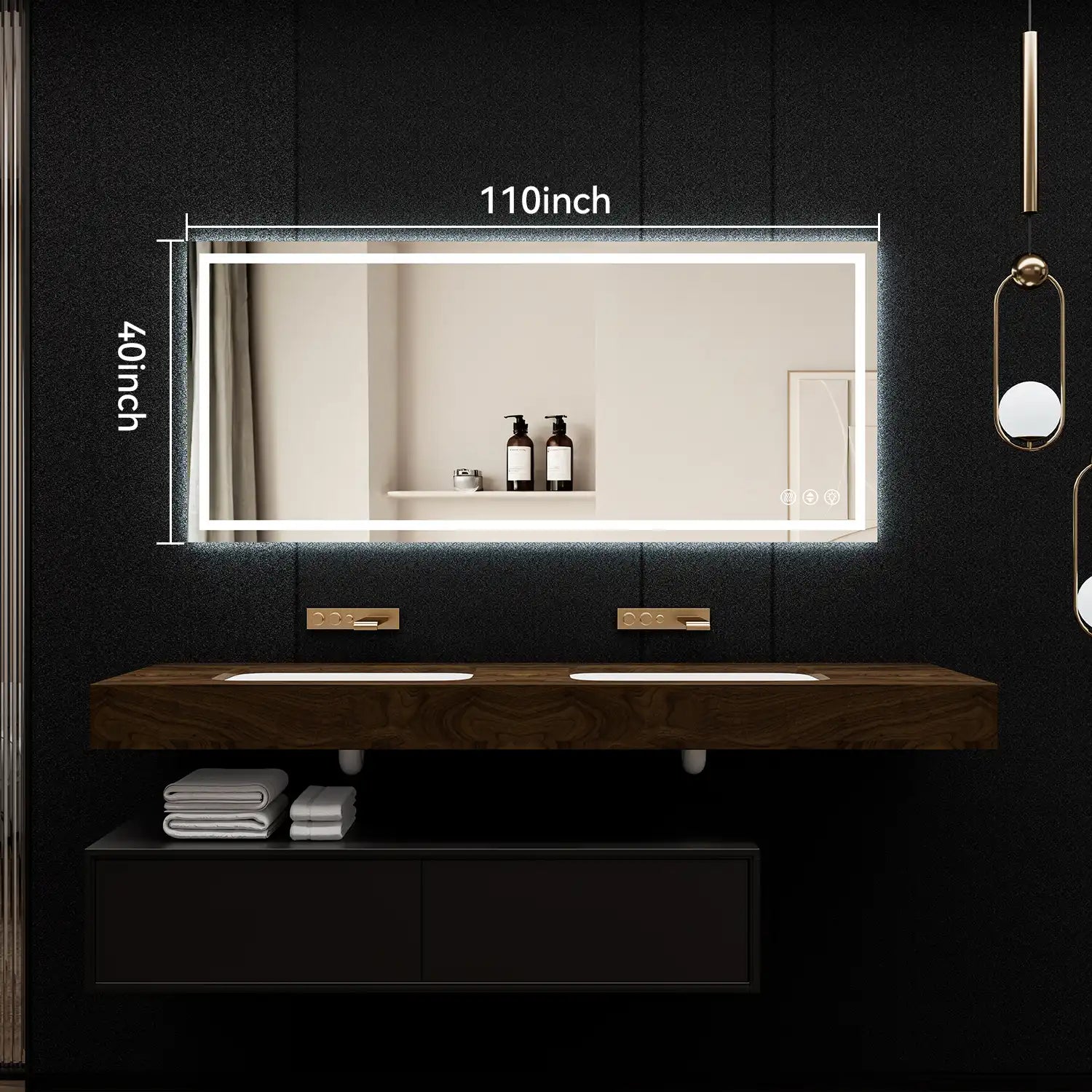Table of Contents
-
Why does mirror size matter?
- How should I measure my vanity area?
- What’s the 70–80 percent mirror rule?
- Do my mirrors need to match?
- What mirror types should I consider?
- How do I align mirror heights?
- A real-life example of styling two vanities
- What details help tie the look together?
- Our top mirror picks for shared bathrooms
- Final thoughts on getting the balance right
- Frequently asked questions
- More articles to explore
When planning a shared primary bathroom — especially a version with "his" and "hers" vanities on opposite sides of the room — you're bound to come up against a design question that lacks a definitive solution:
Should both vanities share the same-size mirror—even if they're different widths?
One question we receive most often with new customers at Ace Decor is this. The reassuring news is, the sizes of mirrors don't have to be identical. In fact, when using different-sized mirrors, if done thoughtfully, it can even provide a more balanced and tailored effect.
Here, we will guide you on how to choose the right mirror size for each a vanity, particularly when they are not the same size. Whether you're using a small vanity or a larger counter depth space with a makeup area, you'll walk away from reading this article with a clear understanding of how to position yourself in your layout and which of our LED mirrors or aluminum framed mirrors may be just right for you.
Why Mirror Size Matters

Bathroom mirrors show your reflection, but they do a lot more. They dictate how balanced your space feels, how bright the room appears and how seamless your morning routine progresses.
Mirrors add even more importance when it comes to a bathroom with dual vanities, particularly if the vanities are different sizes. They:
- Assist in balancing the visual weight on the wall
- Make user 1 and user 2 work correctly
- Use mirrors to reflect light and open up the space
- Serve as dominant design features that impact the room's style
So, instead of "should my mirrors match,” we should instead be asking: how do I make the mirrors feel like they belong together, even if they're different?
Start with Measurements
Before you can shop for mirrors, you'll need the exact width of each vanity and the space you have on the wall above them.
Here's how to structure your notes:
| Vanity Side | Vanity Width | Sink Placement | Wall Space Above | Notes |
|---|---|---|---|---|
| Hers | 60” | Centered | Full height | Includes a makeup area |
| His | 36” | Slightly off-set | Medium clearance | Less counter, tighter layout |
It's also worth making sure that there aren't any other factors — like sconces, medicine cabinets or outlets — that could influence where a mirror can go.
A Rule of Thumb for Mirror Size: The 70–80 Percent Guide

As a rule of thumb, the mirror should be about 70% to 80% of the width of the vanity. This ratio helps the mirror feel proportional without stretching too wide to the edges of the vanity, which will look cramped or just funny.
Here's what that looks like on a practical level:
| Vanity Width | Ideal Mirror Width Range |
|---|---|
| 60" | 42" – 48" |
| 36" | 25" – 29" |
These measurements aren't a given, but they're a good place to start.
It Doesn't Have to Be Matching — It Just Has to Be Balanced

You might think it would be safer to have the same mirror size, but when your vanities are different widths, mirrors that are too alike can highlight the disparity. Instead, opt for mirrors that are proportionate to the vanity that sits below them.
What matters is that the overall look feels cohesive. That cohesion can come from:
- Matching mirror heights
- Similar colours/materials of frame
- The same kind of mirror shape (like both can be rectangular or rounded)
- Matching LED lighting tones
So perhaps one mirror is 48 inches wide and the other 28 inches, but if both are the same height and both have the same black aluminum frame or soft LED edge, the space will feel intentional and pulled together.
Consider the Mirror Type

We specialize in LED mirrors and aluminum framed mirrors here at Ace Decor. Each has a distinct design solution depending on what your priorities are when building a product.
Here's how to compare:
| Mirror Type | Features & Benefits | Best Use Case |
|---|---|---|
| LED Mirror | Backlit or front-lit, dimmable, anti-fog options | Modern spaces, makeup application |
| Aluminum Frame Mirror | Lightweight, corrosion-resistant, minimalist | Clean, architectural designs |
If there's a makeup area as part of one vanity, an LED mirror with adjustable brightness is a smart and stylish selection. Providing a smaller aluminum-framed mirror focuses on keeping things clean and functional without dominating the wall if the other vanity is used for quick grooming or shaving.
Aligning Mirror Heights

If you do use mirrors of varying widths, think of aligning the tops of both mirrors to achieve a clean, friendly look on the wall. You can also align them by centerline, which is helpful if you're working around lighting or cabinetry that's already installed in the space.
For example:
| Mirror Position | Width | Height | Top Alignment | Visual Impact |
|---|---|---|---|---|
| Mirror A (hers) | 48” | 36” | 72” from floor | Balanced |
| Mirror B (his) | 28” | 36” | 72” from floor | Balanced |
Despite the differences in widths, they're clearly meant to play together.
How to Style a Shared Bathroom: A Real-Life Example
Let's go through a real world styling example that we see with our customers a lot:
Setup:
- Vanity A (hers): 60” wide, with sink & wall sconces centered between the windows
- Vanity B (his): 36” wide with overhead lighting only
- Overall bathroom style: clean modern, brushed metal accents
Ace Decor Mirror Selection:
| Vanity Side | Mirror Model | Size | Features |
|---|---|---|---|
| Hers | Nova LED Mirror | 48” x 36” | Dimmable light, anti-fog, wall mount |
| His | Core Frame Mirror | 28” x 36” | Matte black aluminum frame |
The design reads clean and consistent — without insisting identical size where not warranted — just because both mirrors are 36” high, and their edge lines match.
Final Details That Bring It All Together

When working with two mirrors of differing sizes, use other elements within the room to bring the pairing together:
| Element | Tip |
|---|---|
| Lighting | Use matching sconces or consistent light color |
| Hardware Finish | Repeat finishes (brushed nickel, matte black) |
| Mirror Shape | Stick to the same shape (both rectangular, for example) |
| Wall Color/Tile | Keep backgrounds neutral to let mirrors shine |
This approach keeps the mirrors feeling like they belong to the same design family, even if they perform different functions.
Ace Decor's Favorites for Shared Bathrooms
Here are some of our best-selling mirrors (in multiple sizes for versatile pairing):
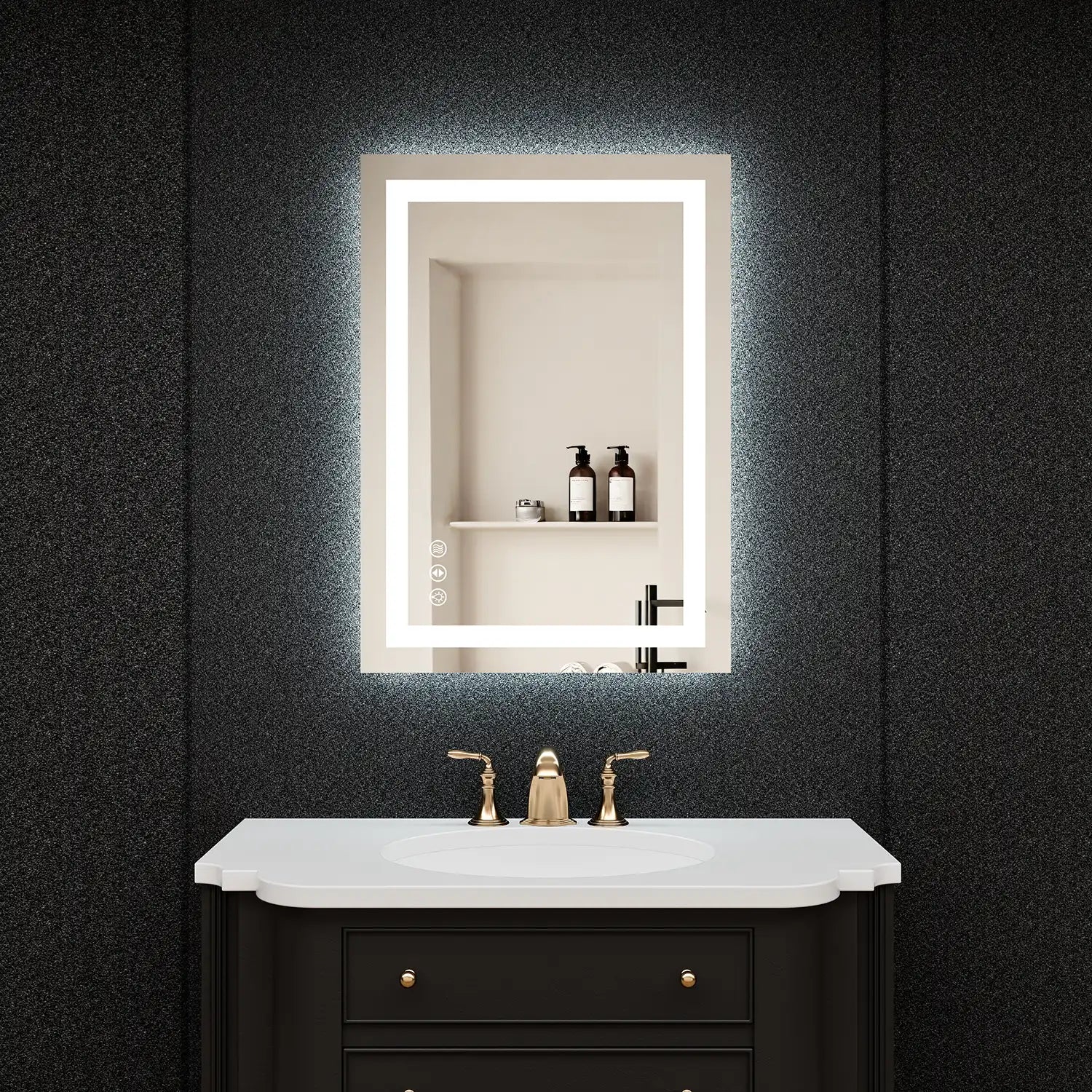
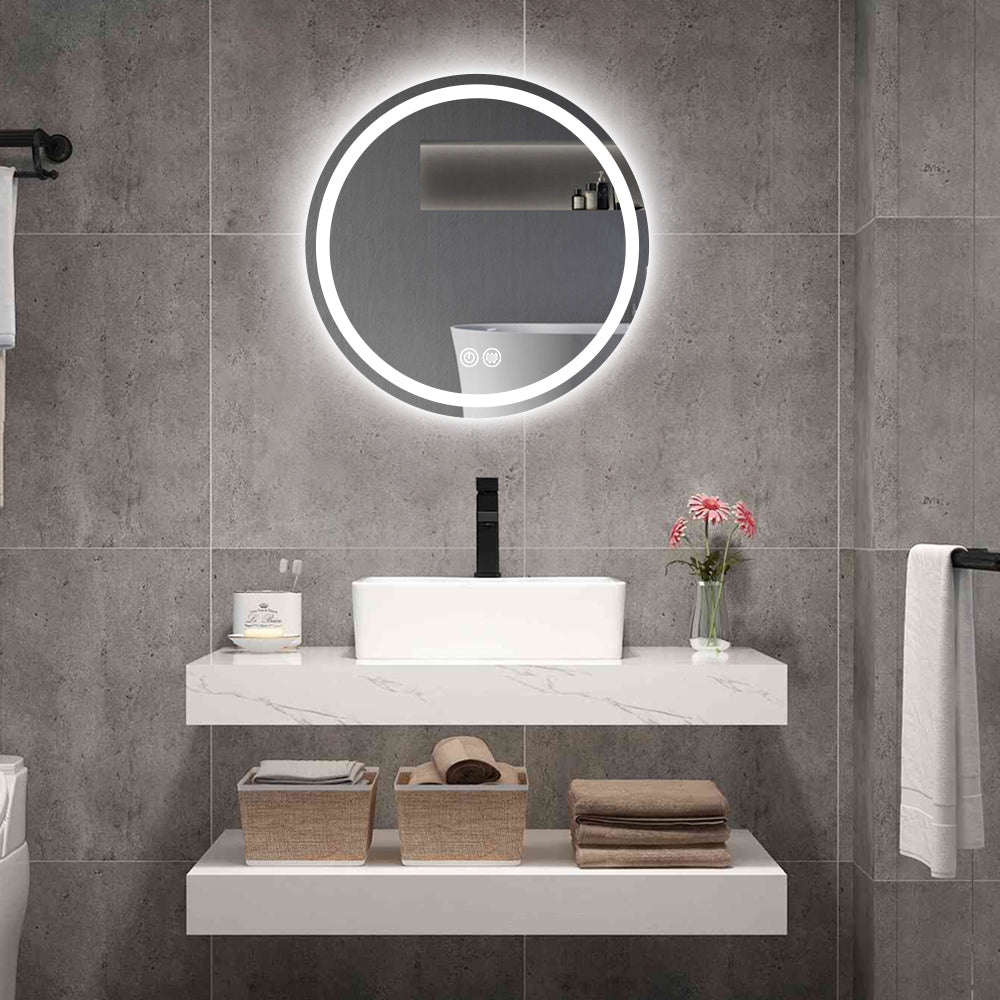
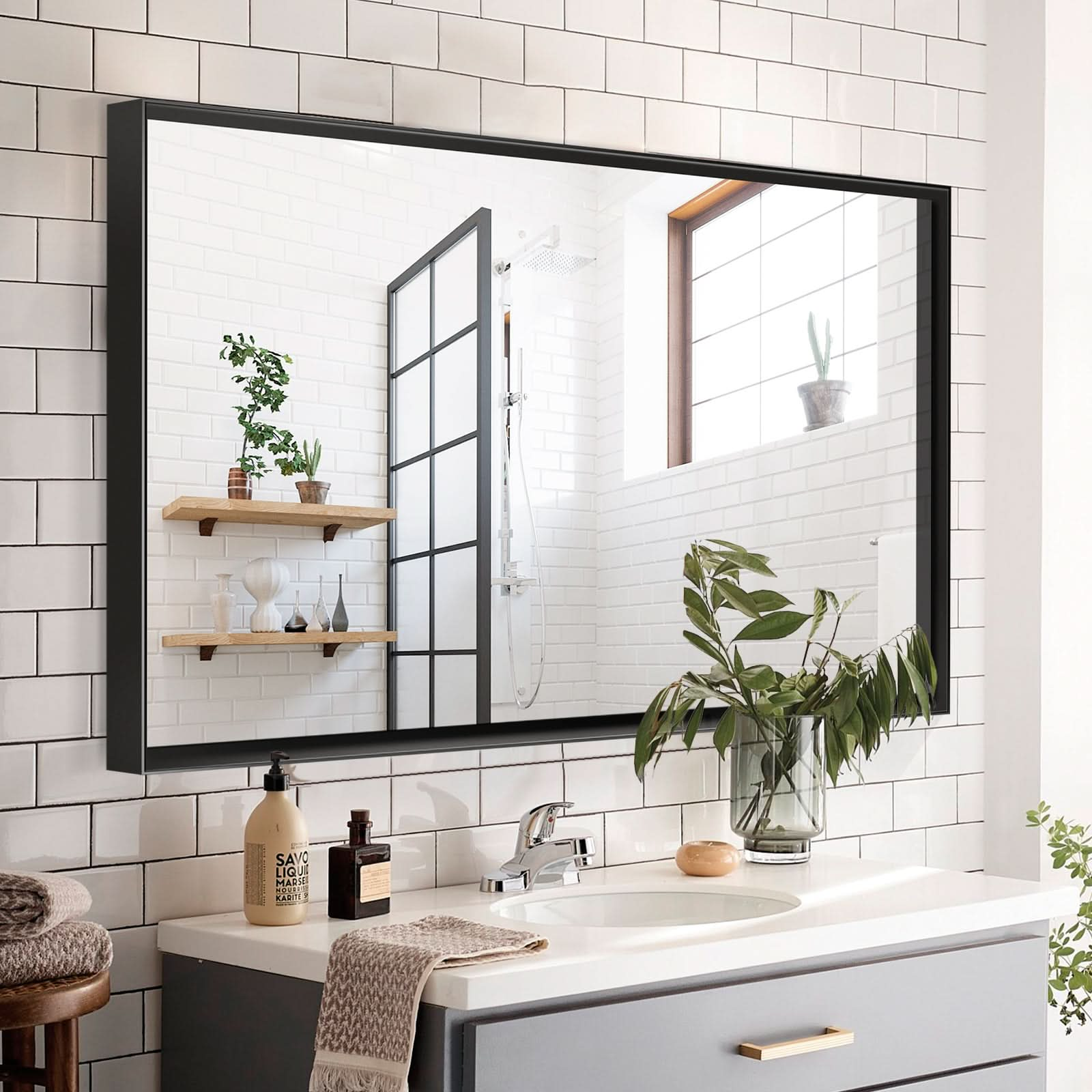
These models are meant to work in tandem—even over lumpy vanities.
Final Thoughts
In bathrooms with separate vanities, especially when the vanities are of different sizes, mirror styling is more about proportion and coordination than matching everything one-to-one.
For starters, use each vanity's size. Select mirrors that are sized proportionately, ensure that they maintain visual alignment — that is, in height or in finish — and then allow the design to flow naturally from there. With an appropriate layout and some planning, you can create a look that is both stylish and very practical.
At Ace Decor, we are here to make those styling choices easier for you. If you're still not sure what kind of mirror is right for your bathroom layout however — don't worry, our design team is happy to make recommendations based on your particular space.
Need assistance in planning your mirror setup?
For tailored advice from our product specialists, email us at sales@acedecorbath.com
FAQ Time
1. Should bathroom mirrors be centered over the sink or the vanity?
Your mirror should be centered over the sink, not the vanity necessarily, if all is right with the world. Most vanities, particularly wider ones, feature off-center or double sinks. A mirror centered over the full vanity, as opposed to where you stand, can feel at odds with daily functionality.
Always plan the layout with the sink placement first and then let the mirror follow. This is true whether you are using framed mirrors or led mirrors, particularly when you want the lighting to be uniform on your face.
2. Is it possible to install an LED mirror if I already have wall-mounted light fixtures?
Yes, you can — but you need to plan how the lighting plays together. Many of Ace Decor's LED mirrors are dimmable and intended to be layered with other lighting. If your wall sconces are your main source of light, opt for an LED mirror with softer ambient lighting instead. If your LED mirror is going to be your primary light while grooming, then remove or move your wall fixtures to avoid shadows or unequal lighting brightness.
You'll also want to consult with your electrician to confirm that the wiring will work with a new mirror's power and switch configuration.
3. How high should I hang my bathroom mirror?
Though there's no definitive answer, a good rule of thumb is to hang the mirror so that the midpoint of the mirror falls somewhere around 60 to 65 inches from the ground. That positions it at a comfortable eye level for most user.
That being said, the final height is also dictated by:
- The height of your vanity
- Whether the mirror is lit up already
- Whether you want the tops of two mirrors (over separate vanities) to line up
With mirrors of varying sizing, lining up the tops usually looks neater as opposed to lining them up to the vanity height.
Related Articles
Want more tips on bathroom design? Check out these related articles to help you make bold and stylish choices for your home and your family.
